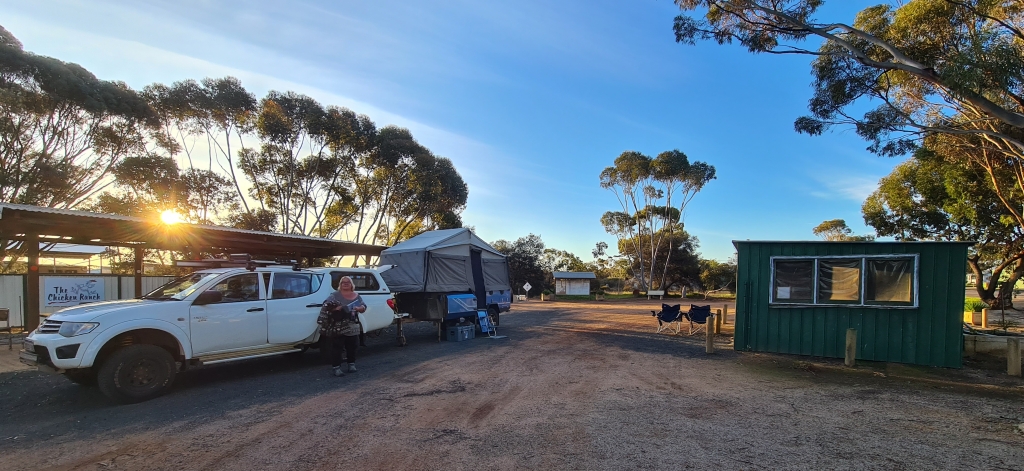We wake up to a fine, sunny but cold morning. As we are in no rush today, we have breakfast then go exploring the area for orchids, whilst our campers dry out in the sunshine. As we venture toward the granite rock, we discover a large number of Hairy-stemmed snail orchids (Pterostylis setulosa) growing under the sheoaks. Further snail orchids are found later on as well.


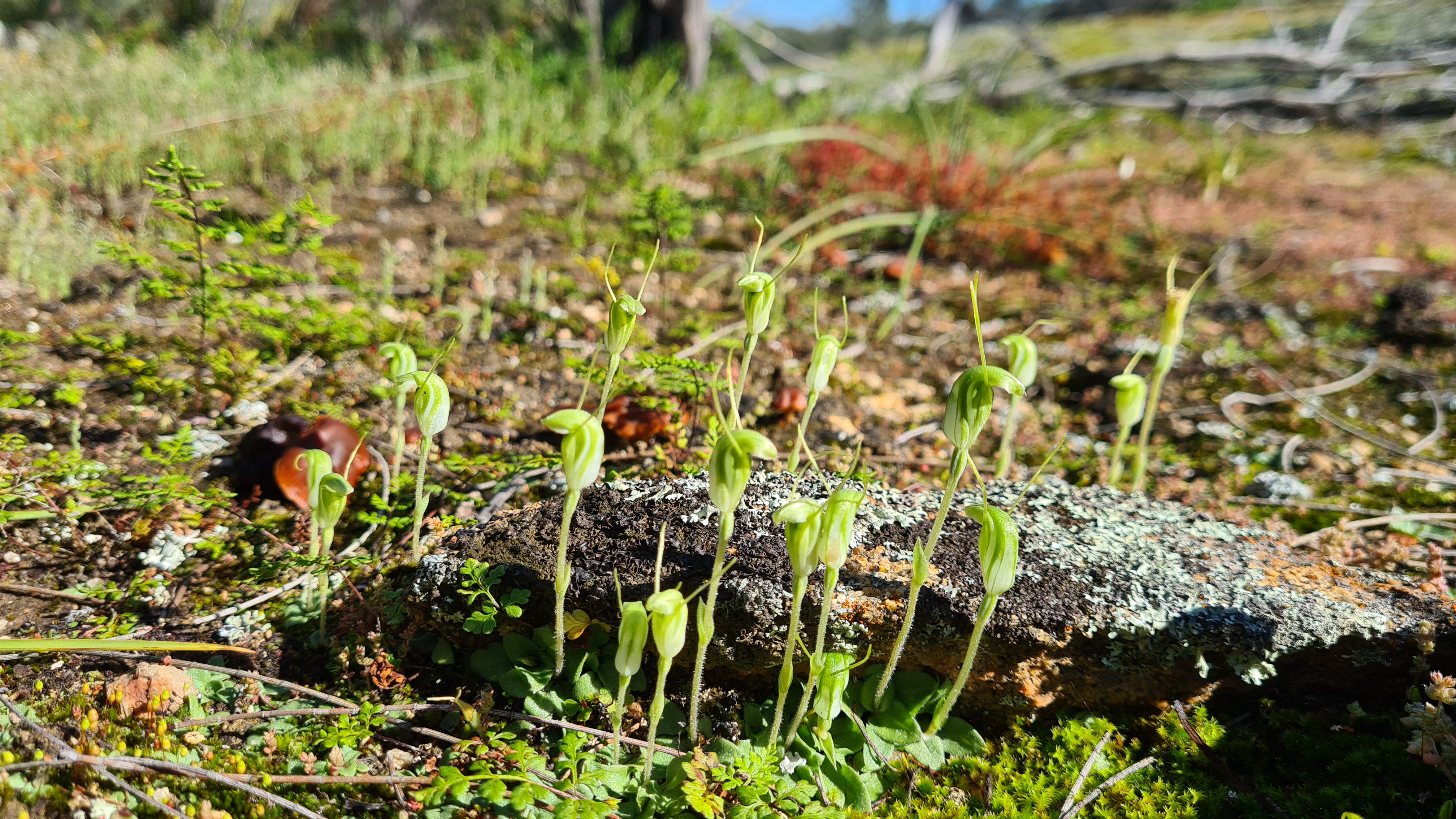


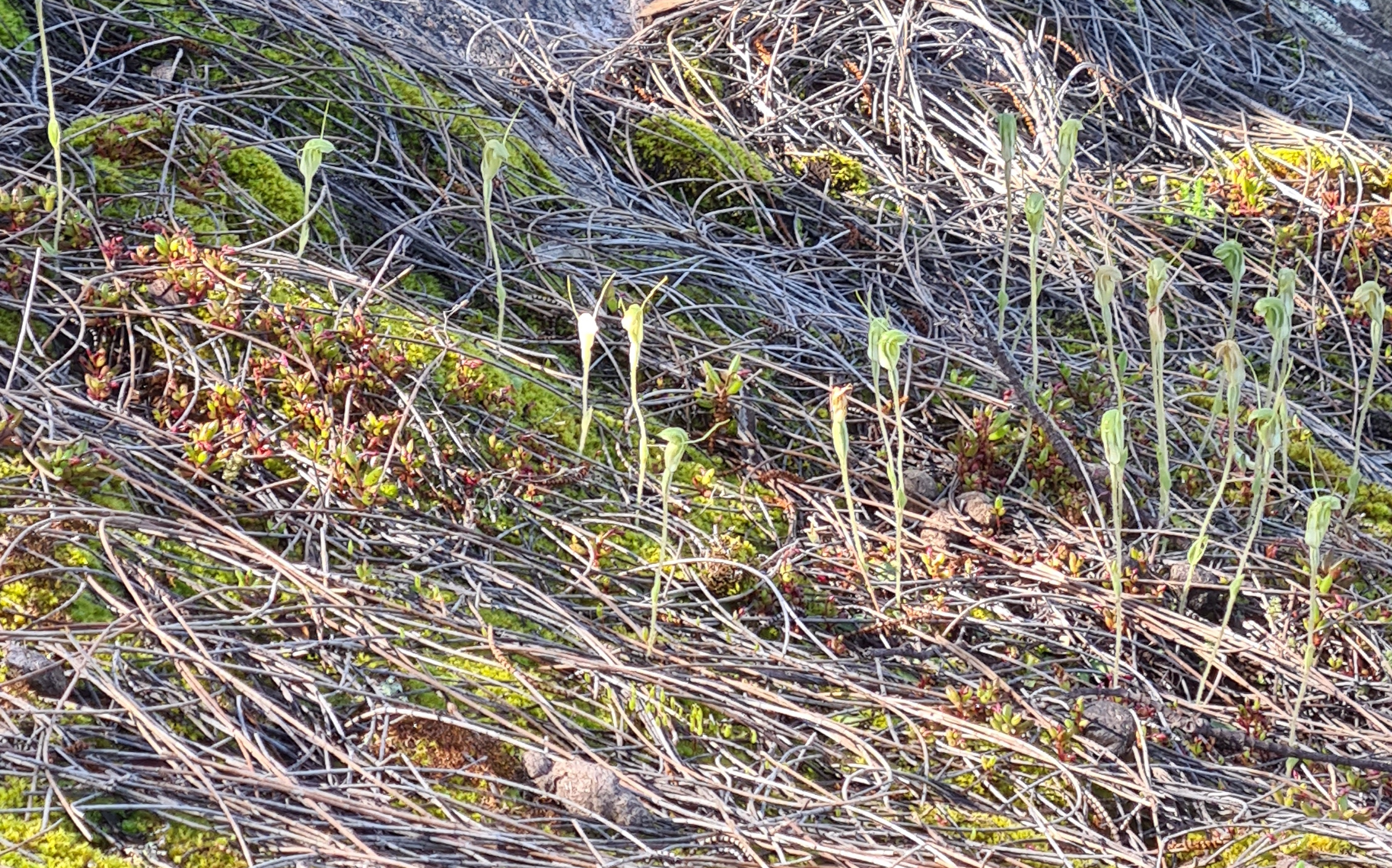

Also, at the base of the rock we find a Blue beard (Pheladenia deformis) which stands out in its vibrant blue colouring. Others are found later in the bush surrounding the rock.

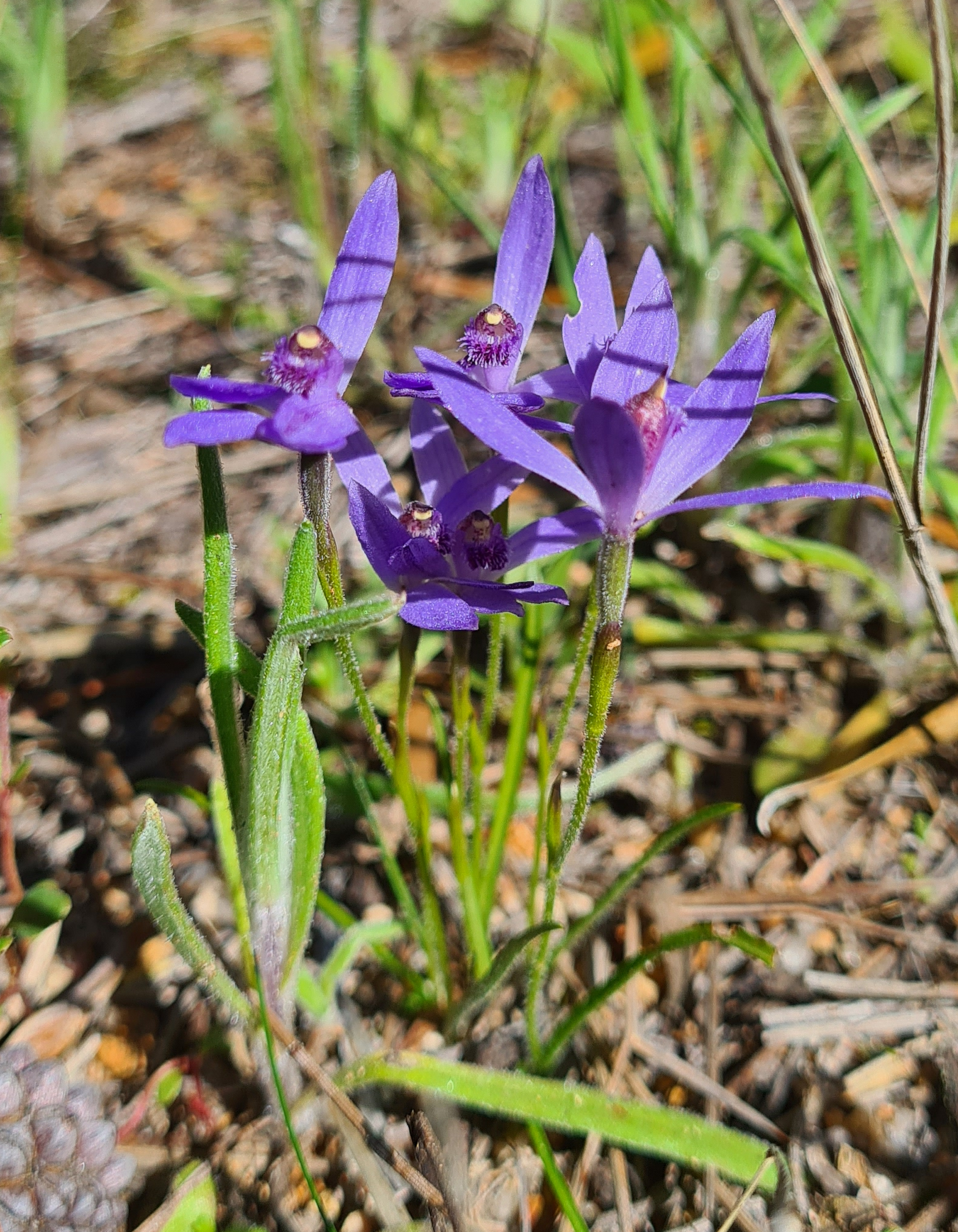
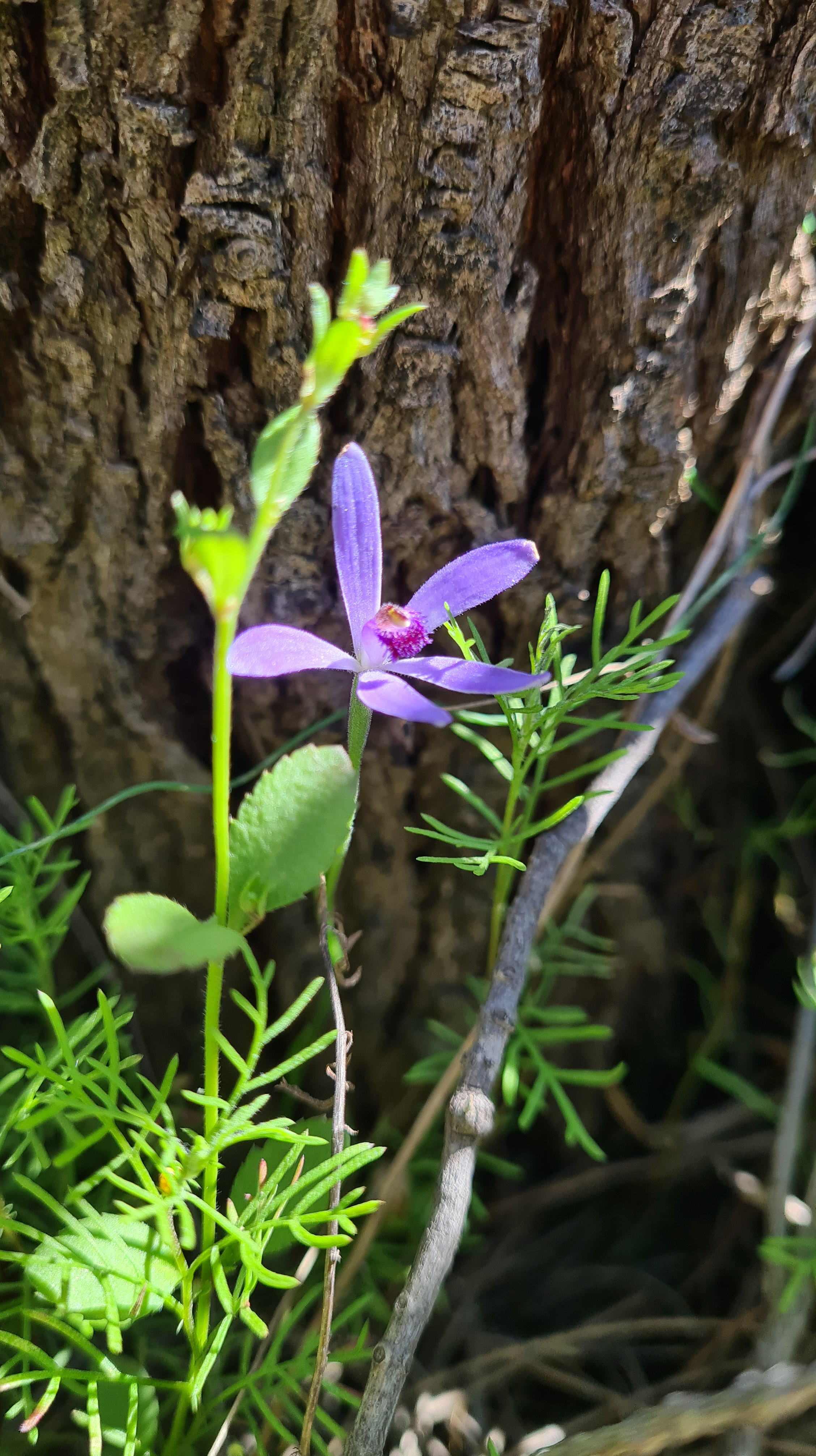

From our previous visit to this location, we are aware most of the orchids are found in the bush surrounding the rock however we always have a bit of a climb just in case, plus the views are always amazing from atop these isolated granite outcrops. Usually growing on the rock as well as along the base are the bright yellow donkey orchids. Only a few were located this time round, so the Yellow granite donkey orchid (Diuris hazeliae) is recorded for posterity.
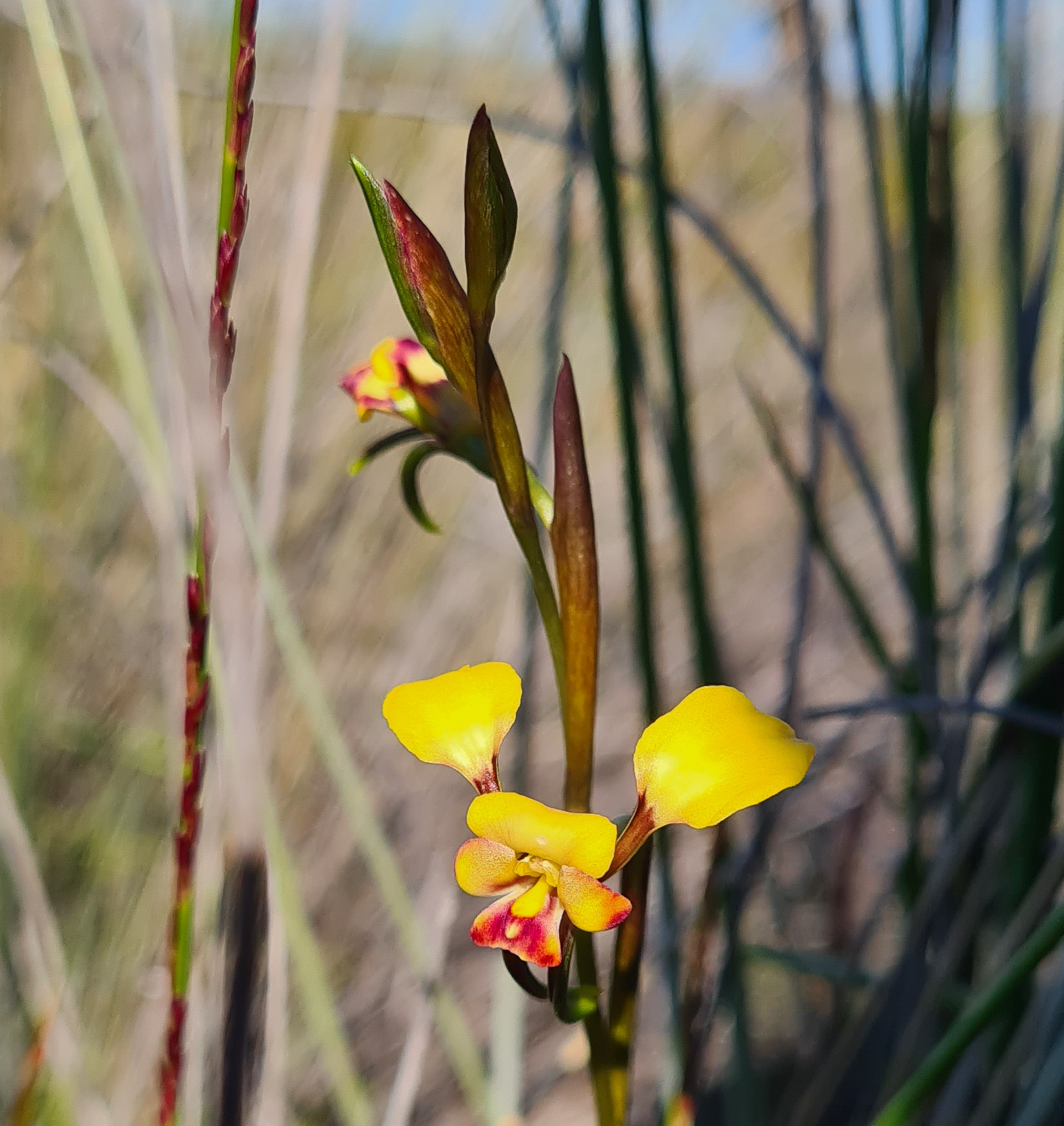


Back on ground level we wander throughout the bush surrounding the rock and immediately come across numerous Drooping spider orchids (Caladenia radialis). These particular spider orchids are so called due to their usually drooping petals and sepals, including the dorsal sepals. They occur between Northampton and Jerramungup and are known to occur in clumps.

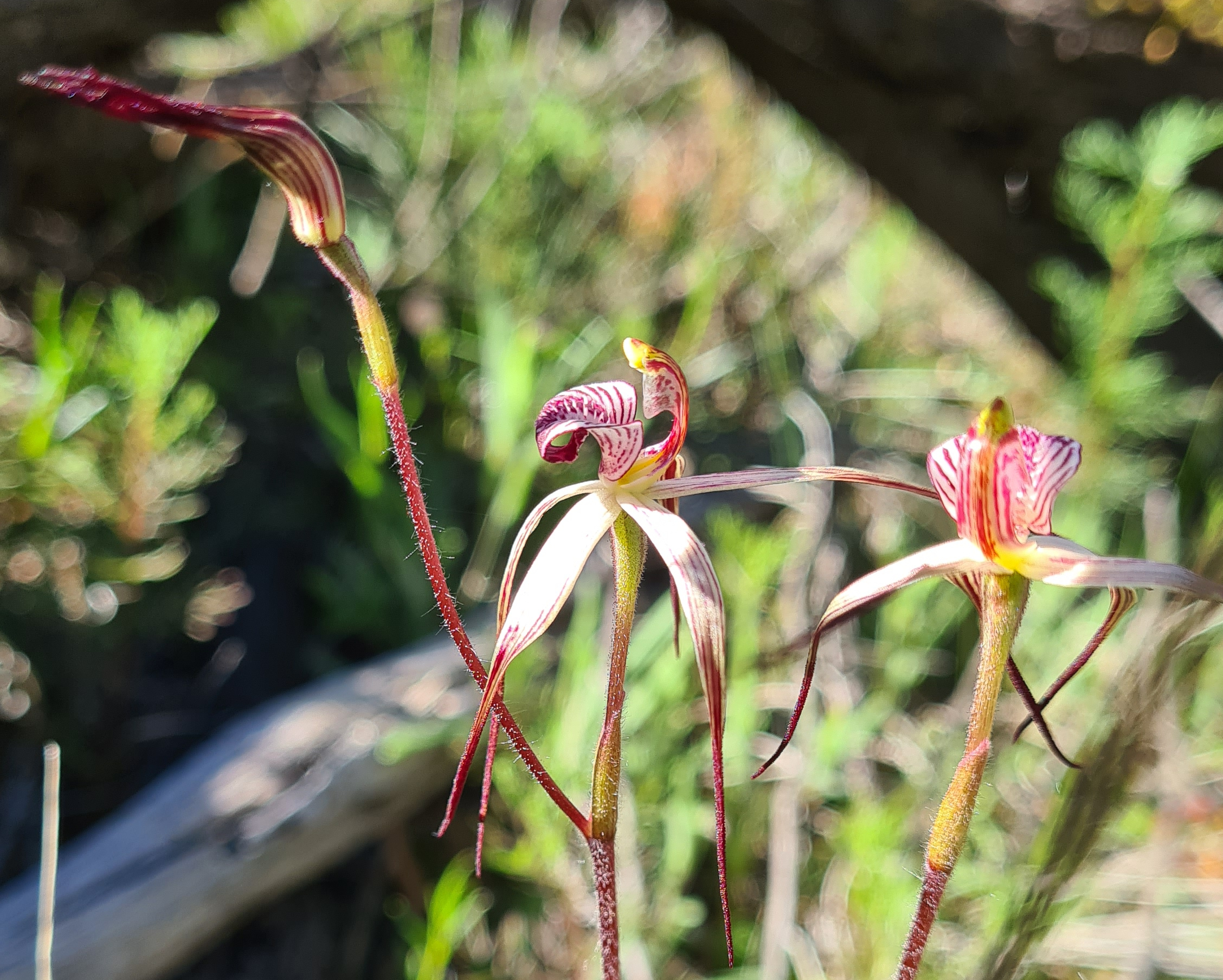

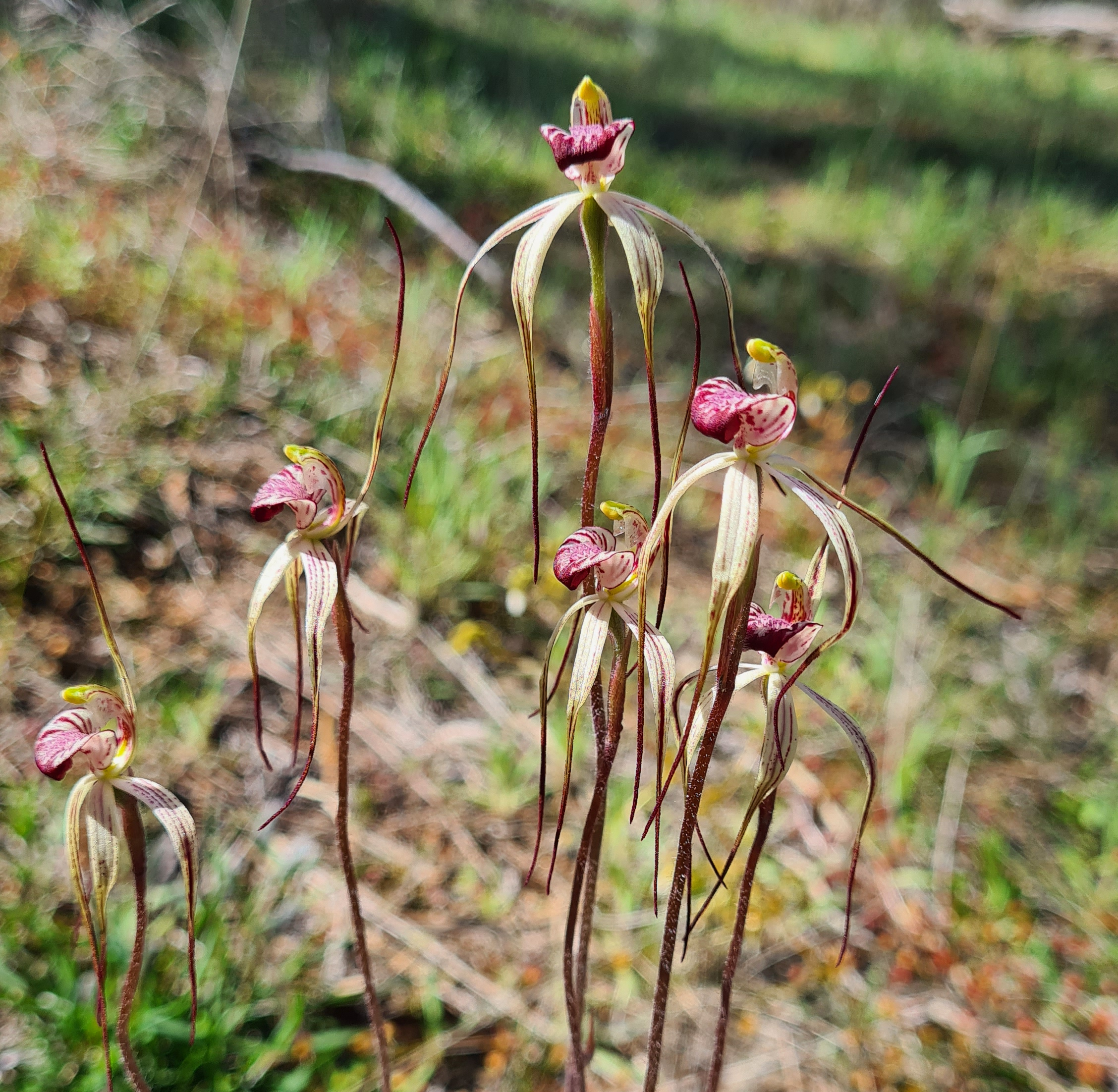
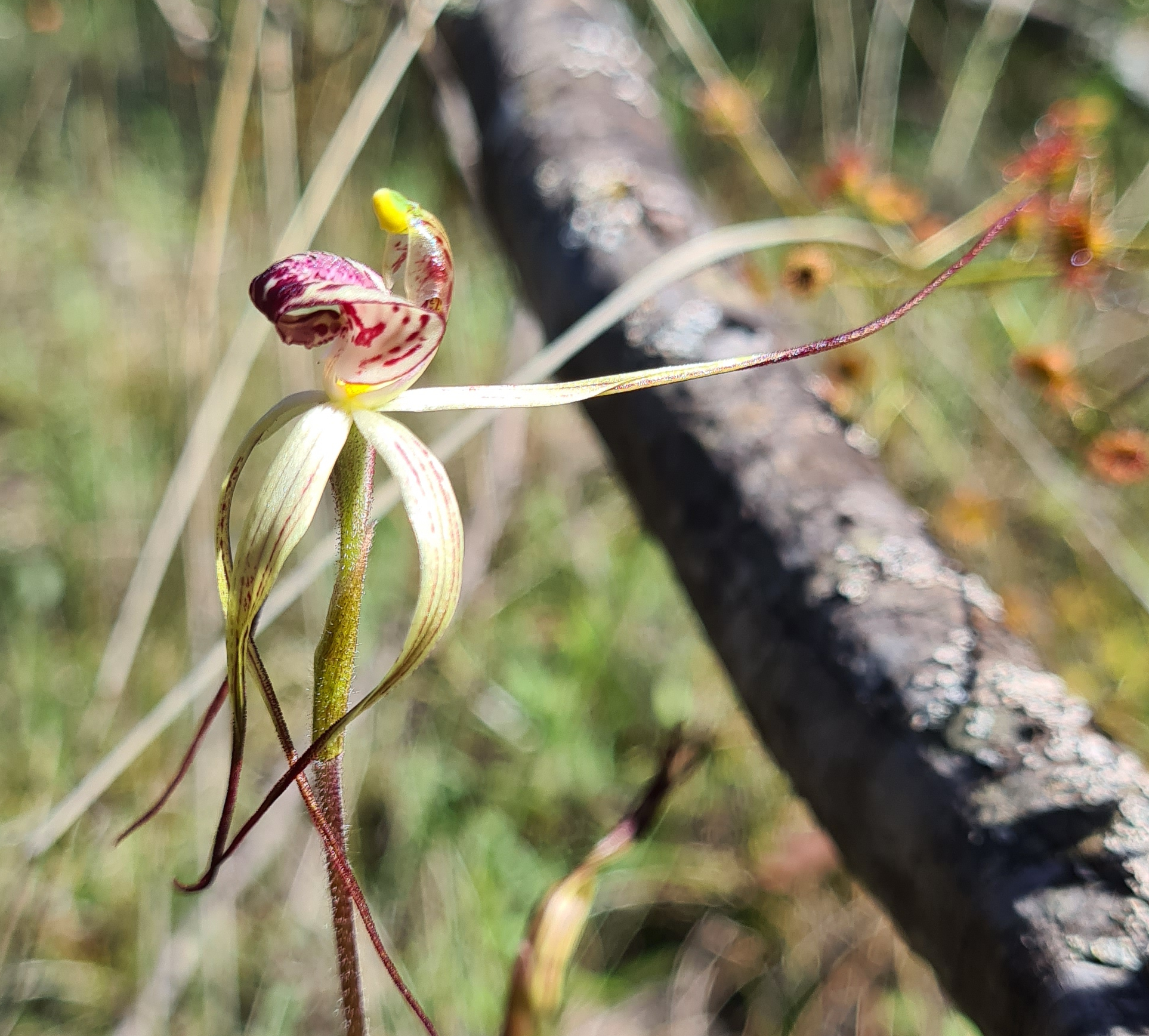


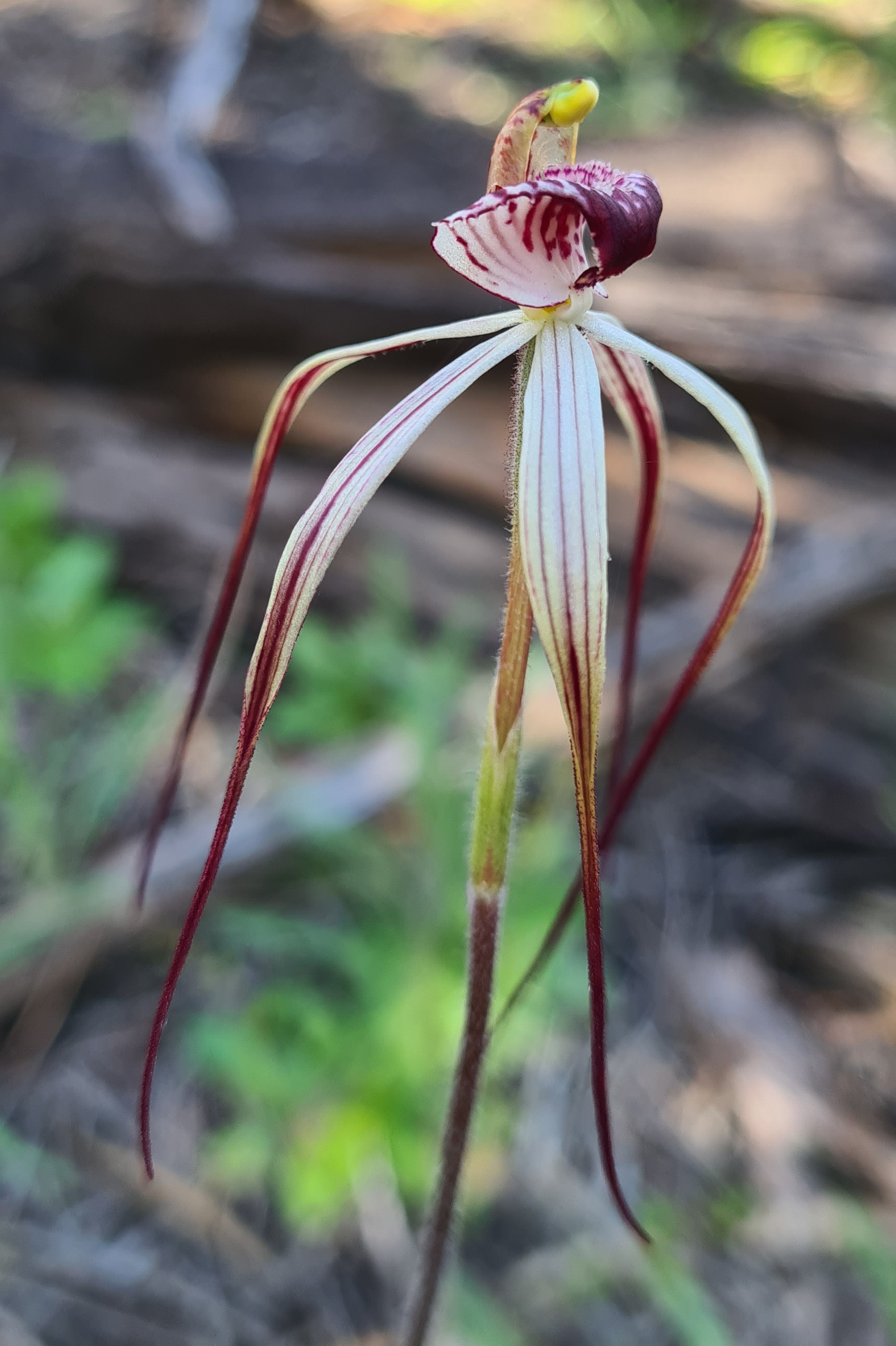

Another orchid found in good numbers was the Ant orchid (Caladenia roei) which is a common, widespread orchid. The labellum can range in colour from nearly all green to nearly all red. Their petals and sepals are said to be positioned in a crucifix shape.
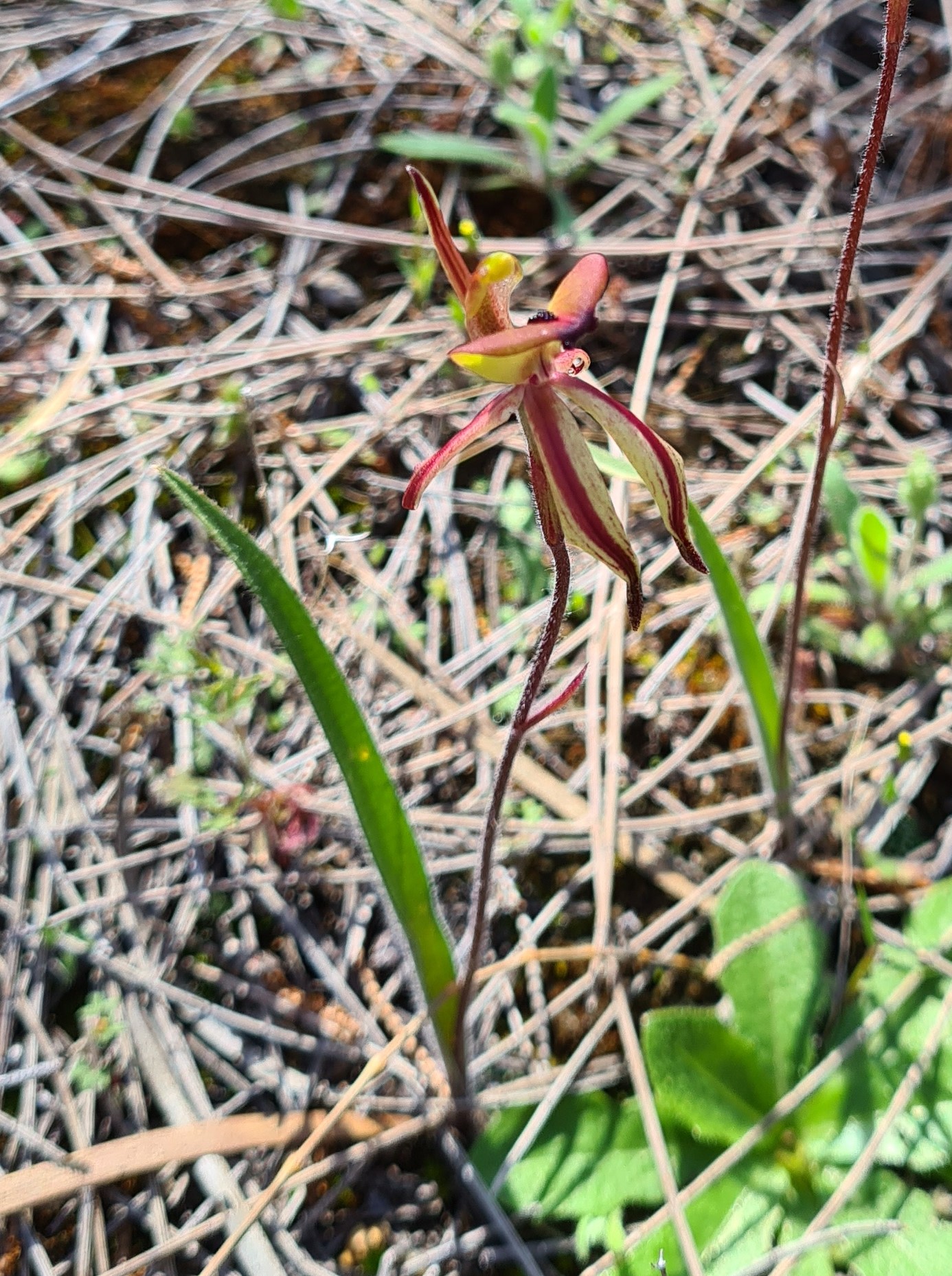
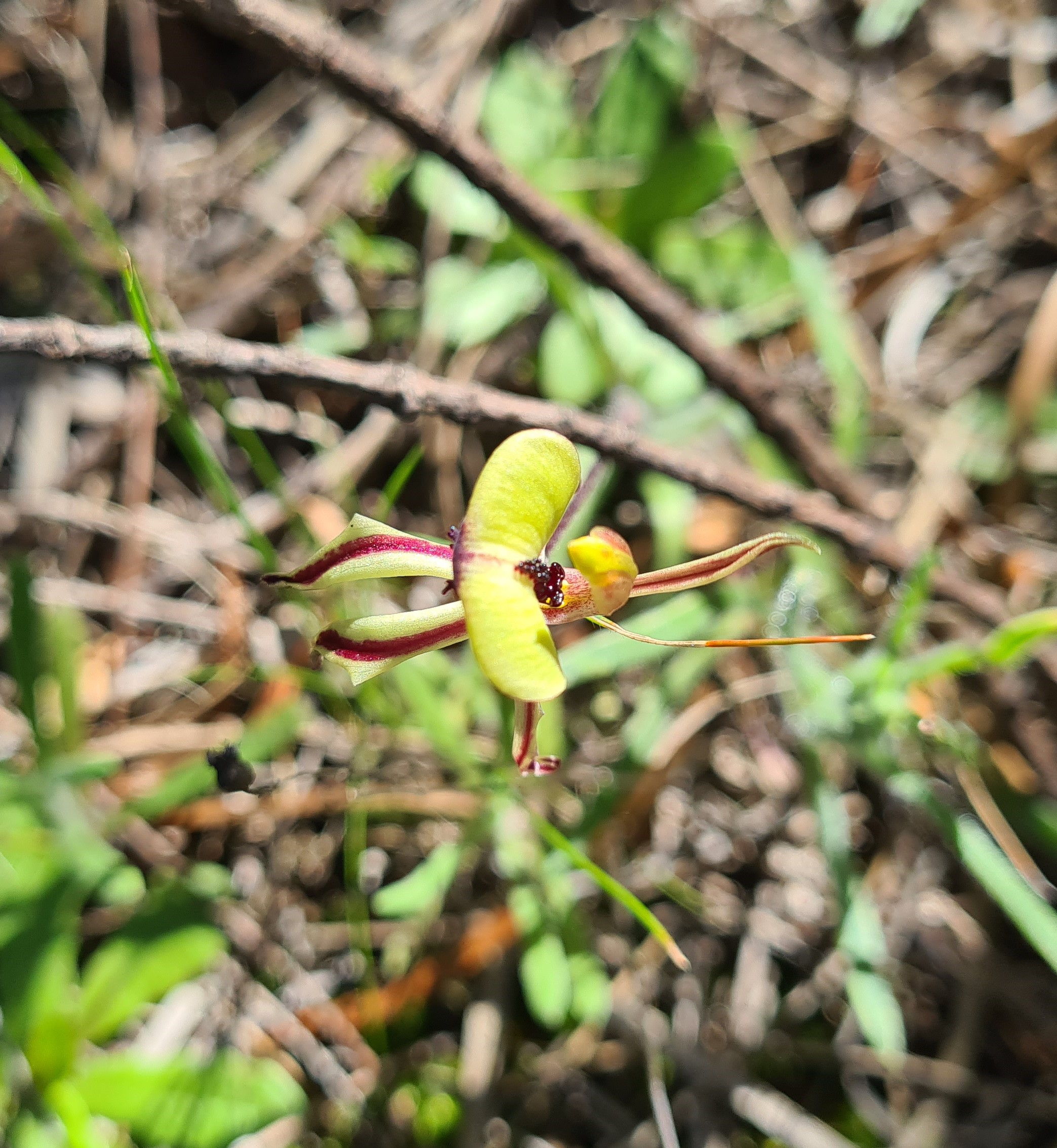



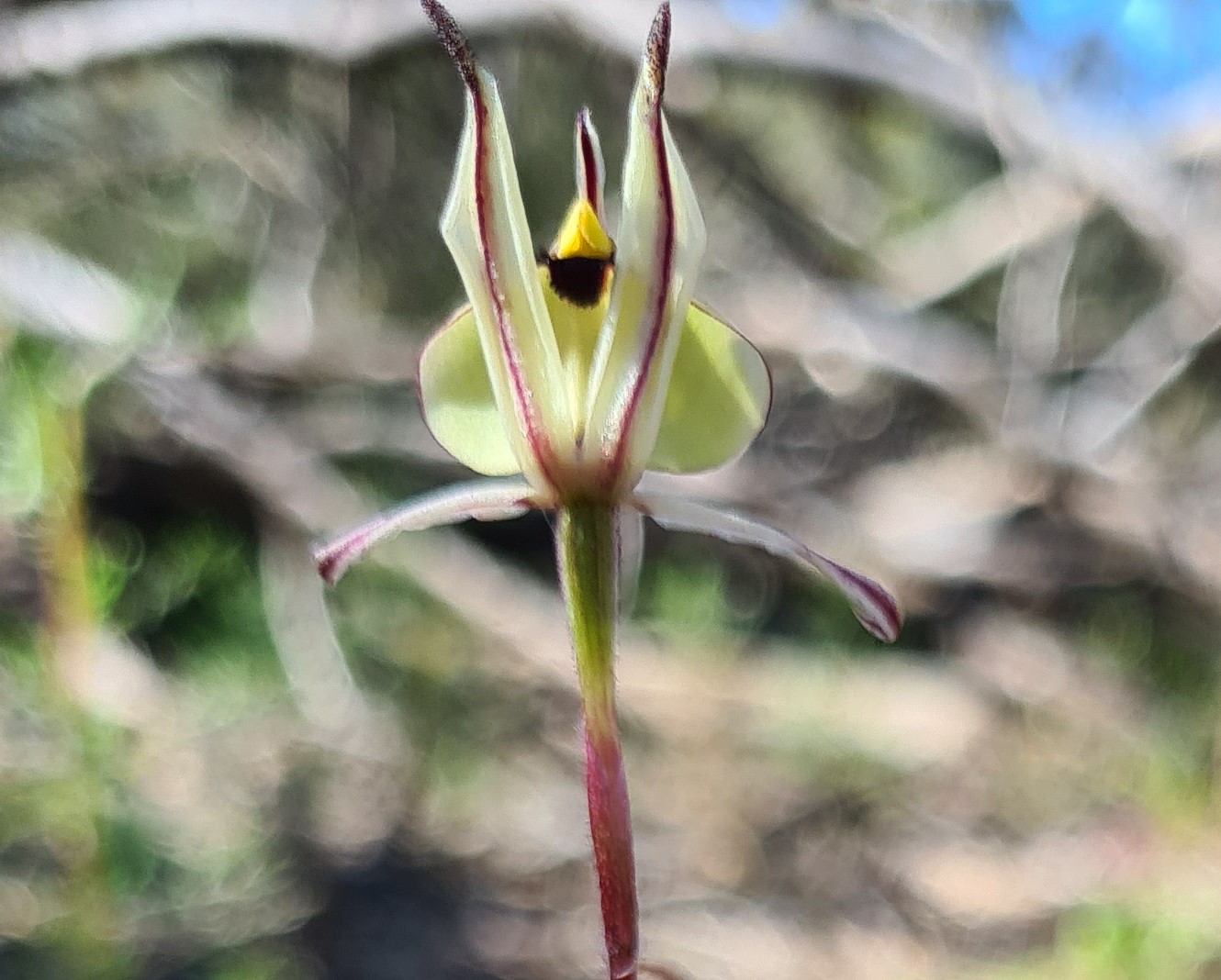
Other random orchids were also found growing in the bushland. The common Jug orchid (Pterostylis recurva) and a fertilised ?? Greenhood (Pterostylis sp.) represent their Genus whilst a lone Sugar orchid (Ericksonella saccharata) and a newly unfurled spider orchid (Caladenia sp.) are the representatives for their Genuses. EDIT iNaturalist members have named my spider orchid the Chameleon spider orchid (Caladenia dimidia)
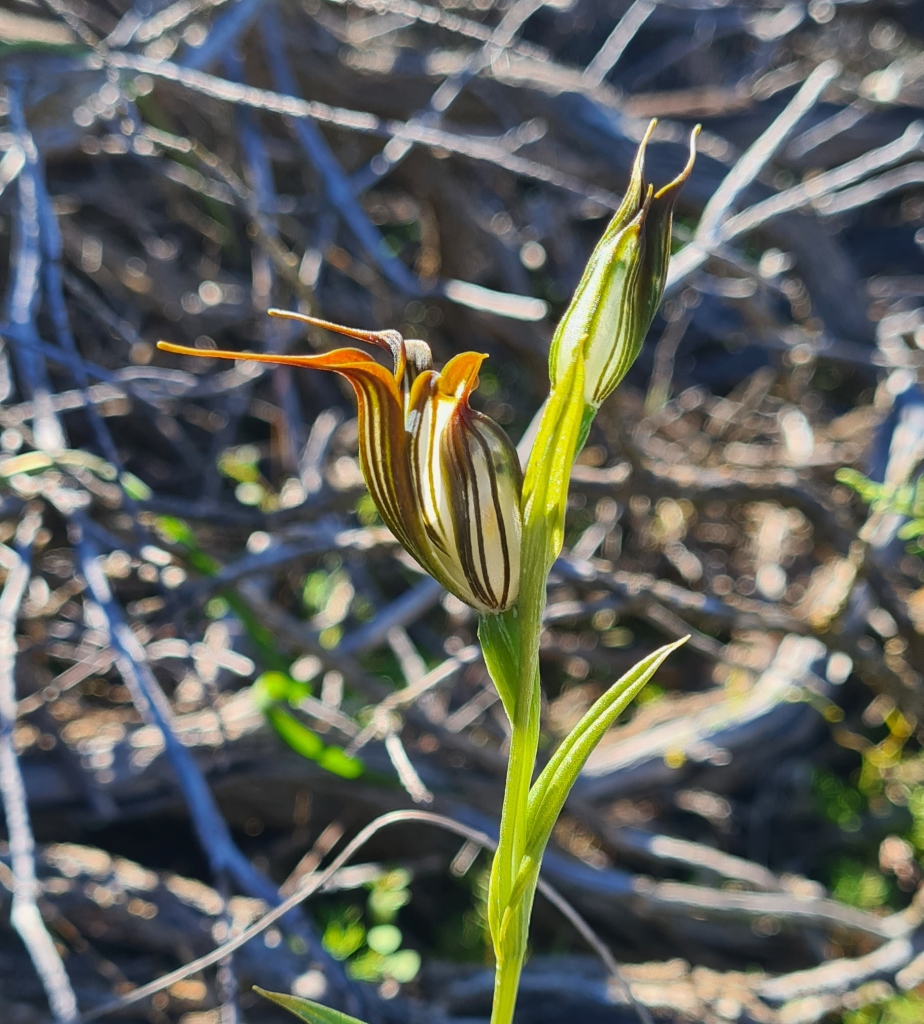

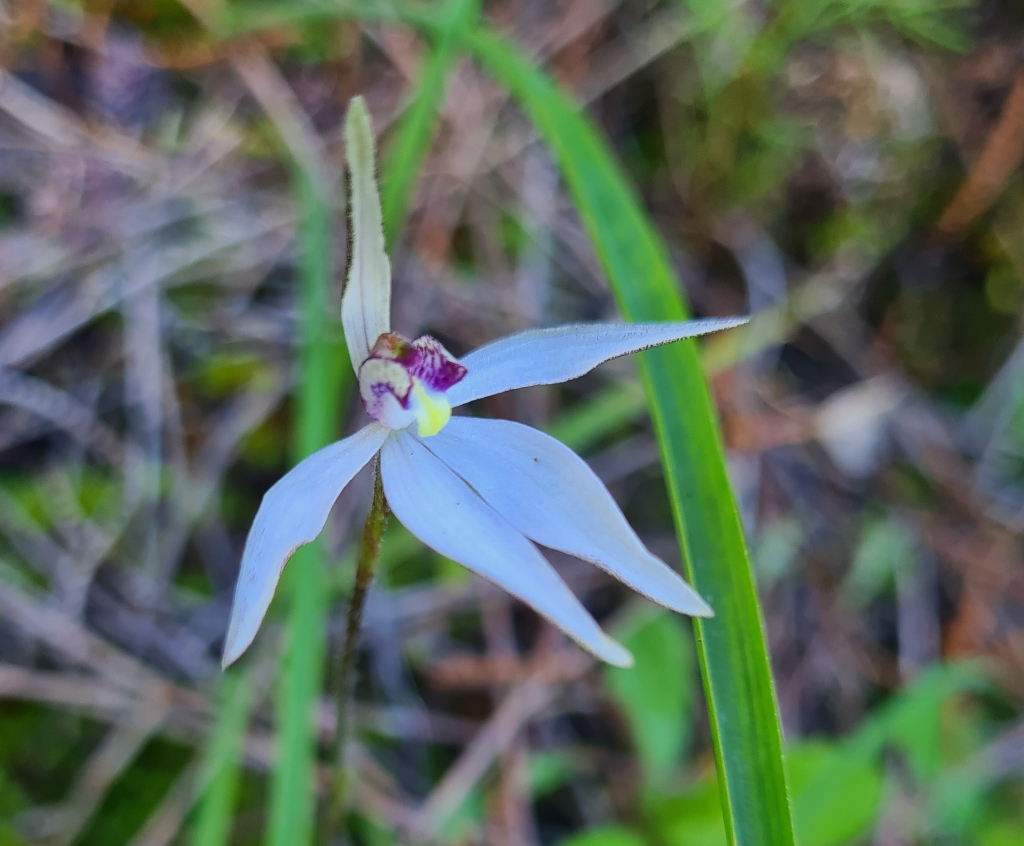

We get back to camp and decide to have an early lunch before packing up the campers. Then Richard pulls out the mini-Magnums as a reward for surviving the adventurous road trip. We then head south and say goodbye at the Mount Walker Road intersection. It is now just Deb and me for the rest of the trip back to Esperance.
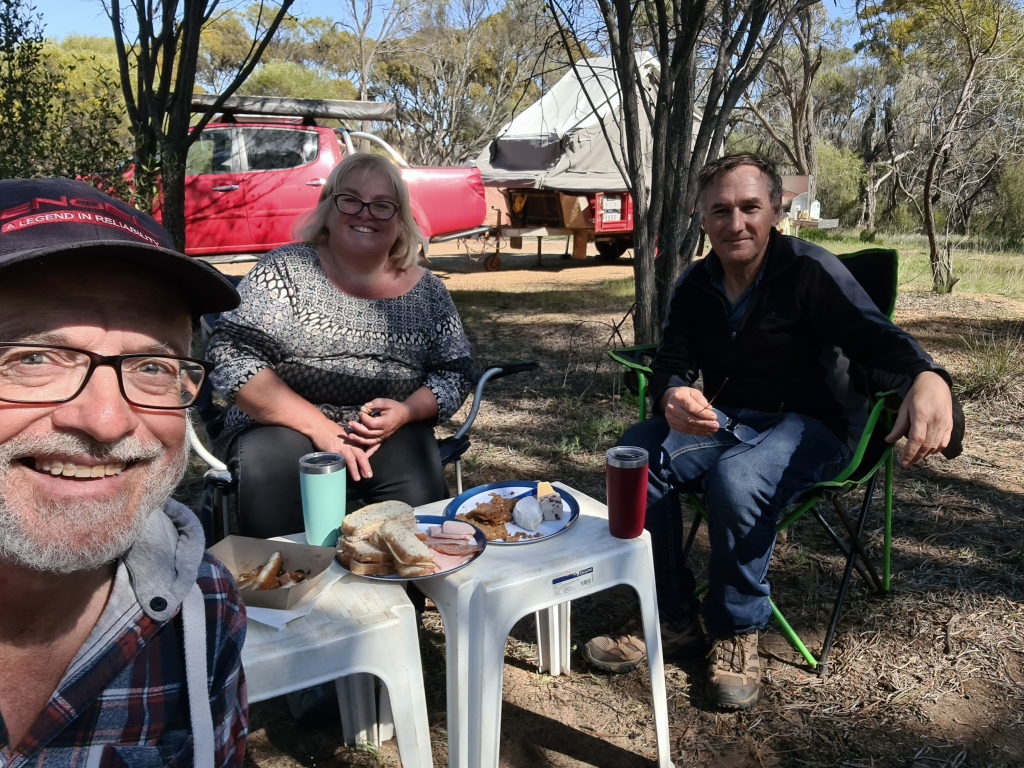
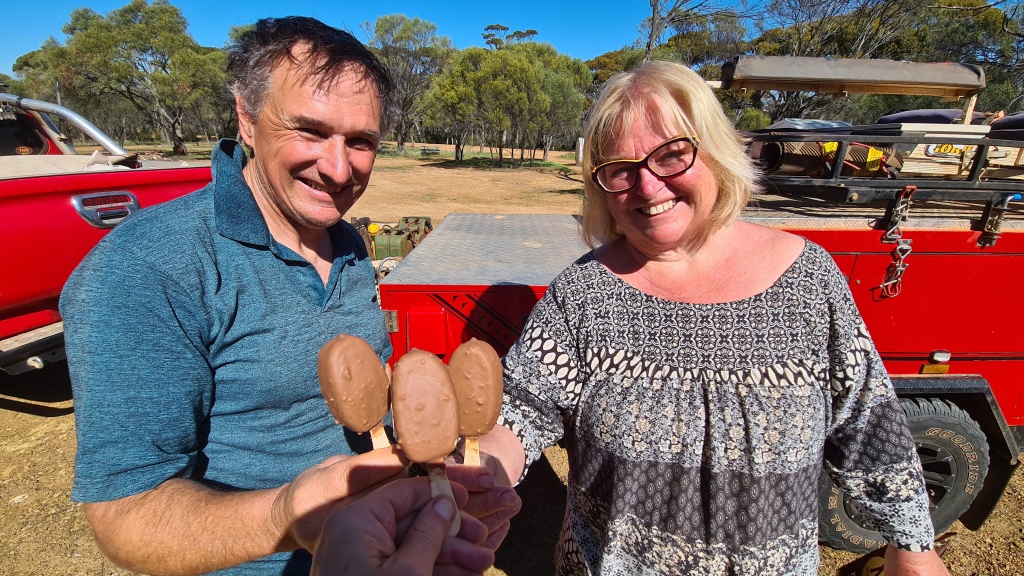
We venture further south, making a left turn into Calzoni Road and drive slowly along looking for access to a granite rock I had discovered searching Google Maps. The access road is signposted Twine Reserve. We make our way down and park up to investigate. The rock is covered in pools of water and very thick damp patches of moss. It is growing in this moss that we find our first orchids. The Little laughing leek orchid (Prasophyllum gracile) can grow up to 200mm in height and can have as many as 40 inverted flowers per plant.
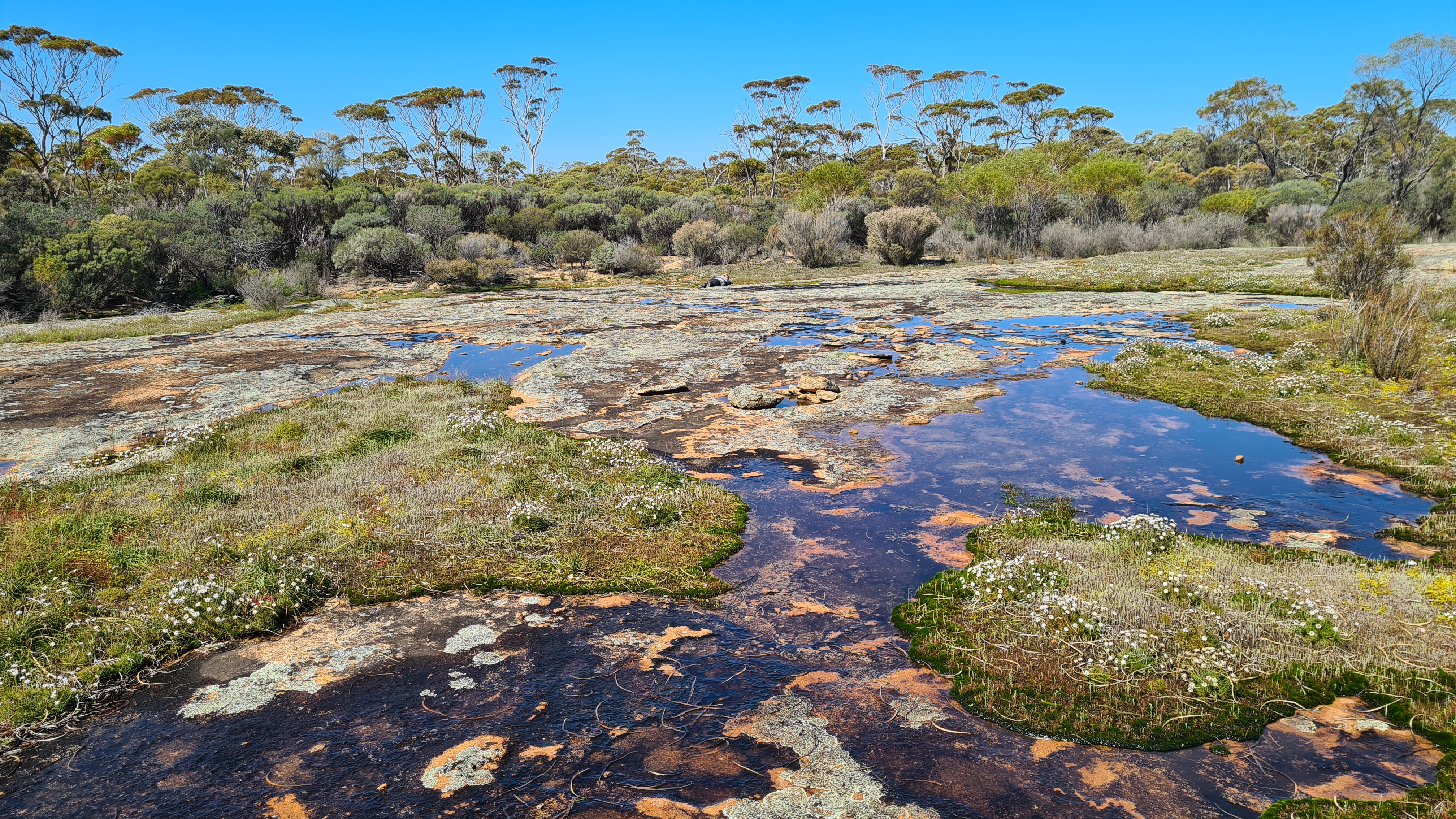


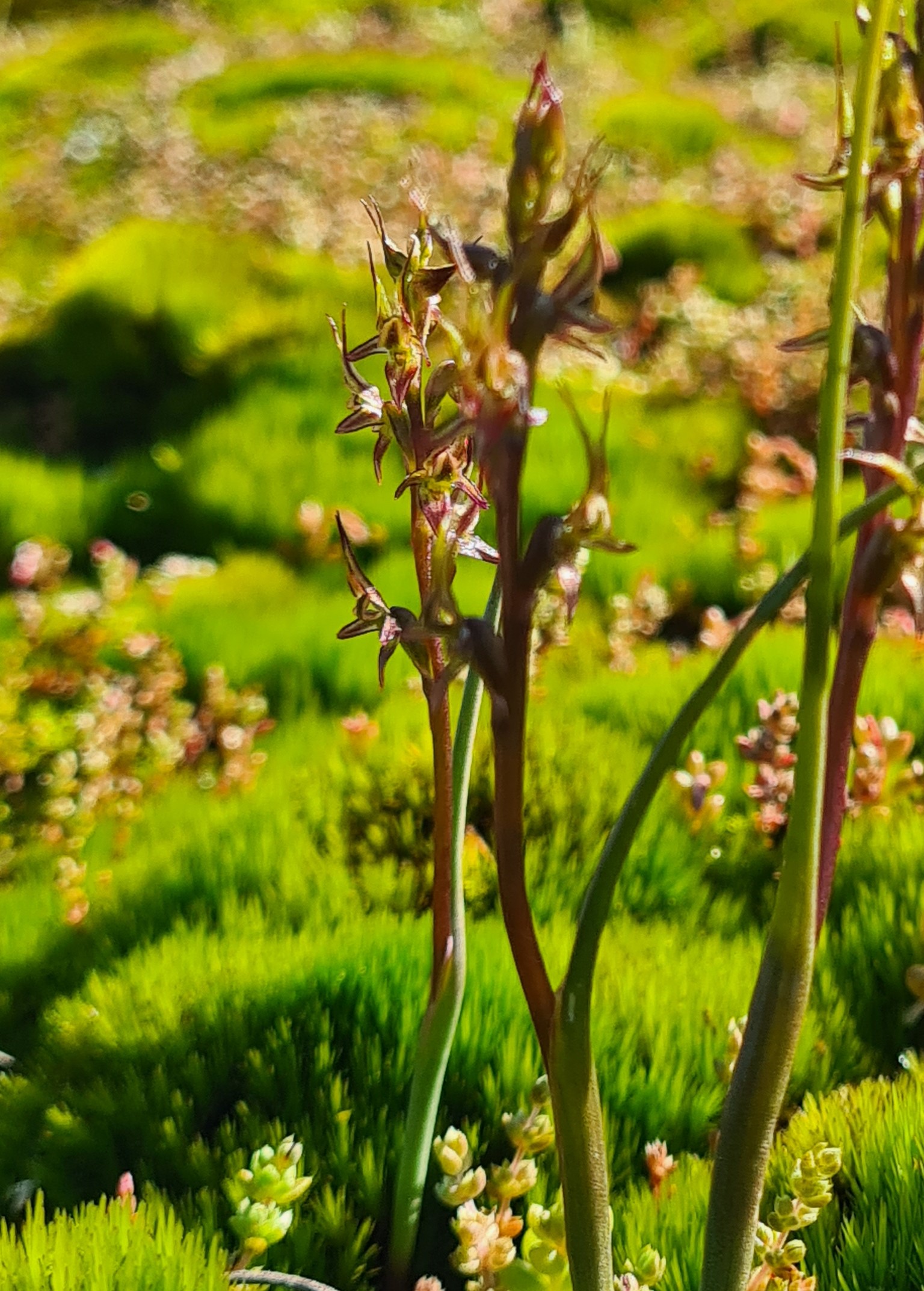
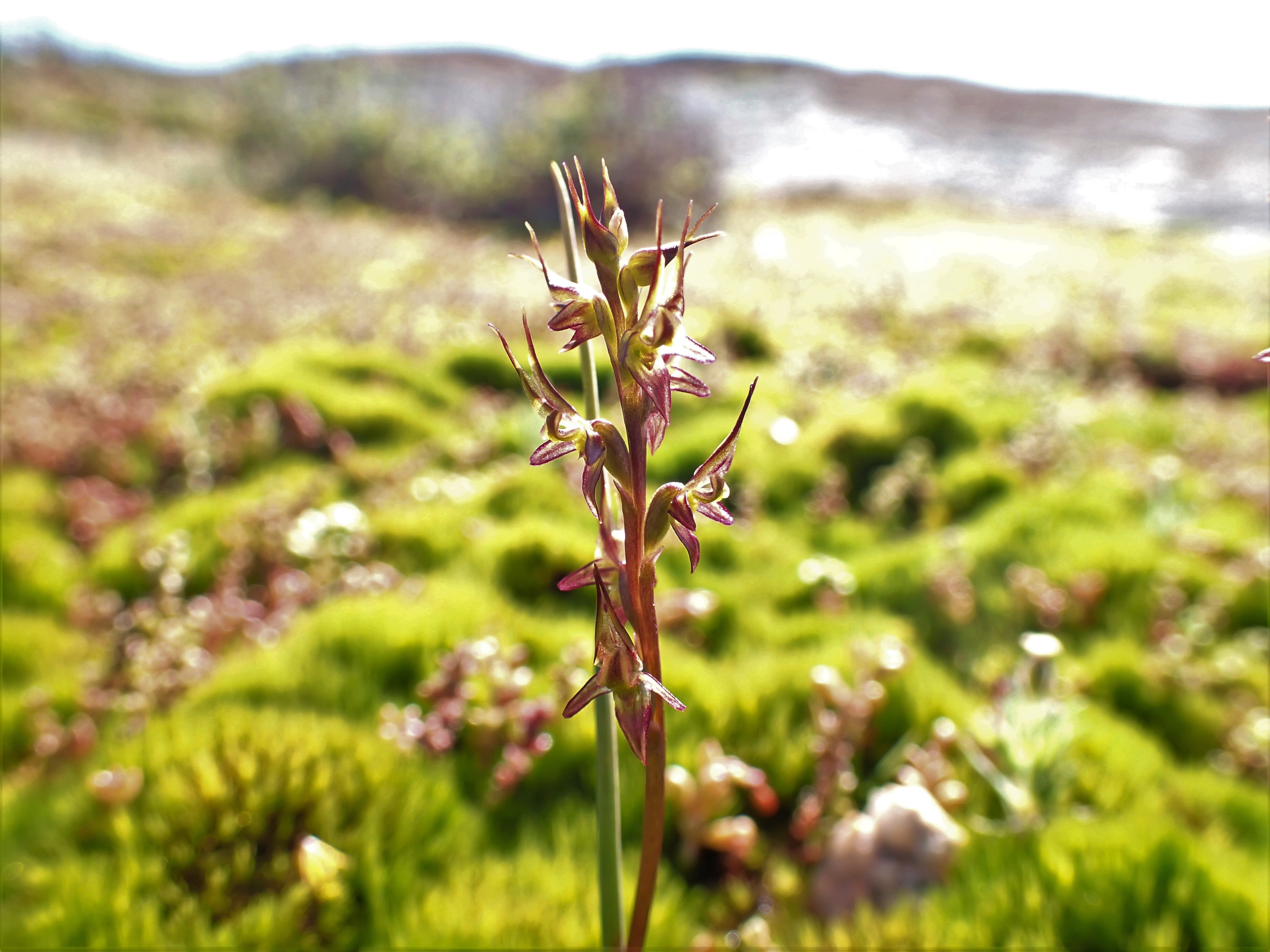

We venture back into the vegetation/bush surrounding the rock and come across some more spider orchids. Now for the hard task of identifying them. However, after considering the location and the stance of the orchids they are most likely more Chameleon spider orchids (Caladenia dimida). Please correct me though if I am wrong.





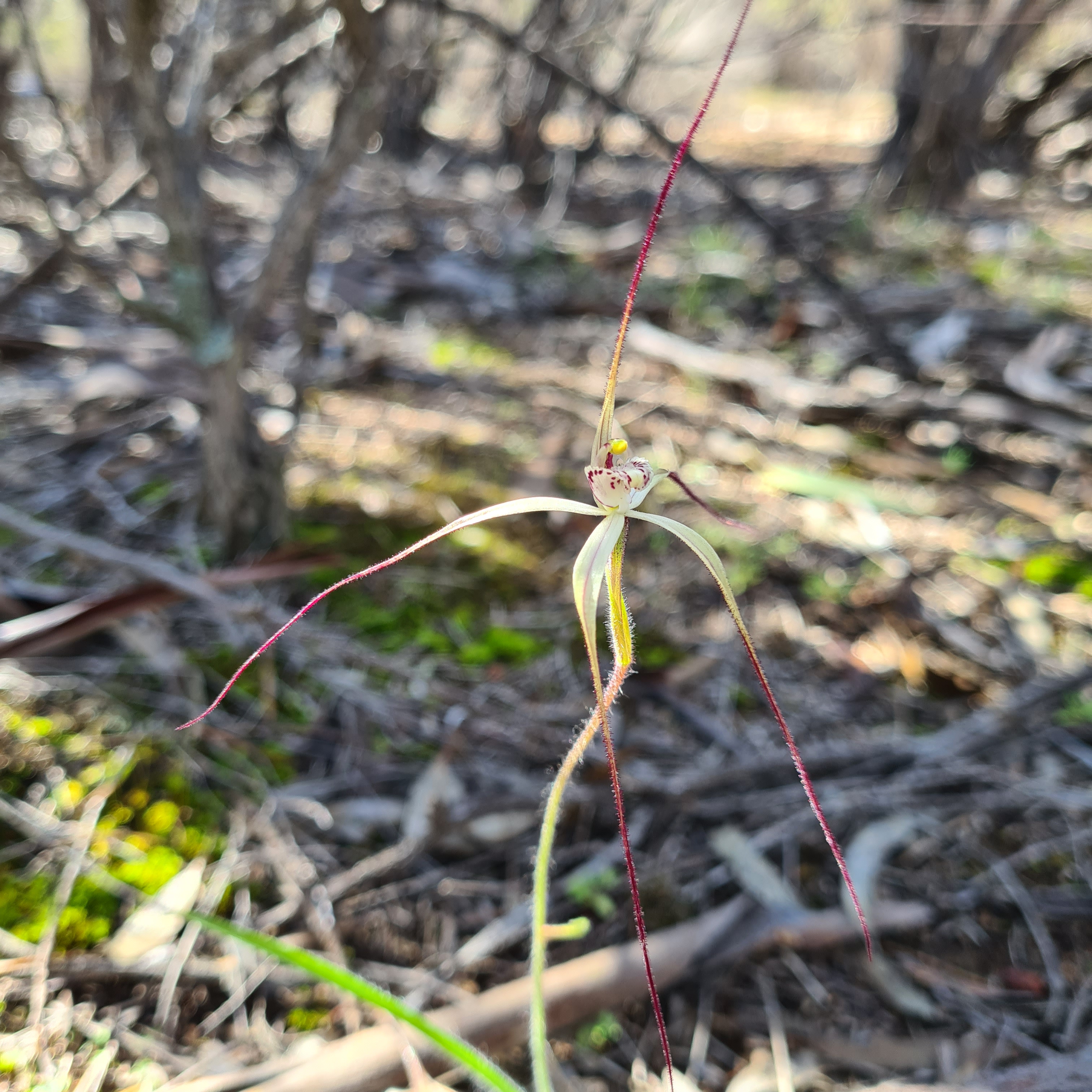
One however did not meet the above criteria due to the size of the leaf and the overall yellow colouring. Please help me to name this one.
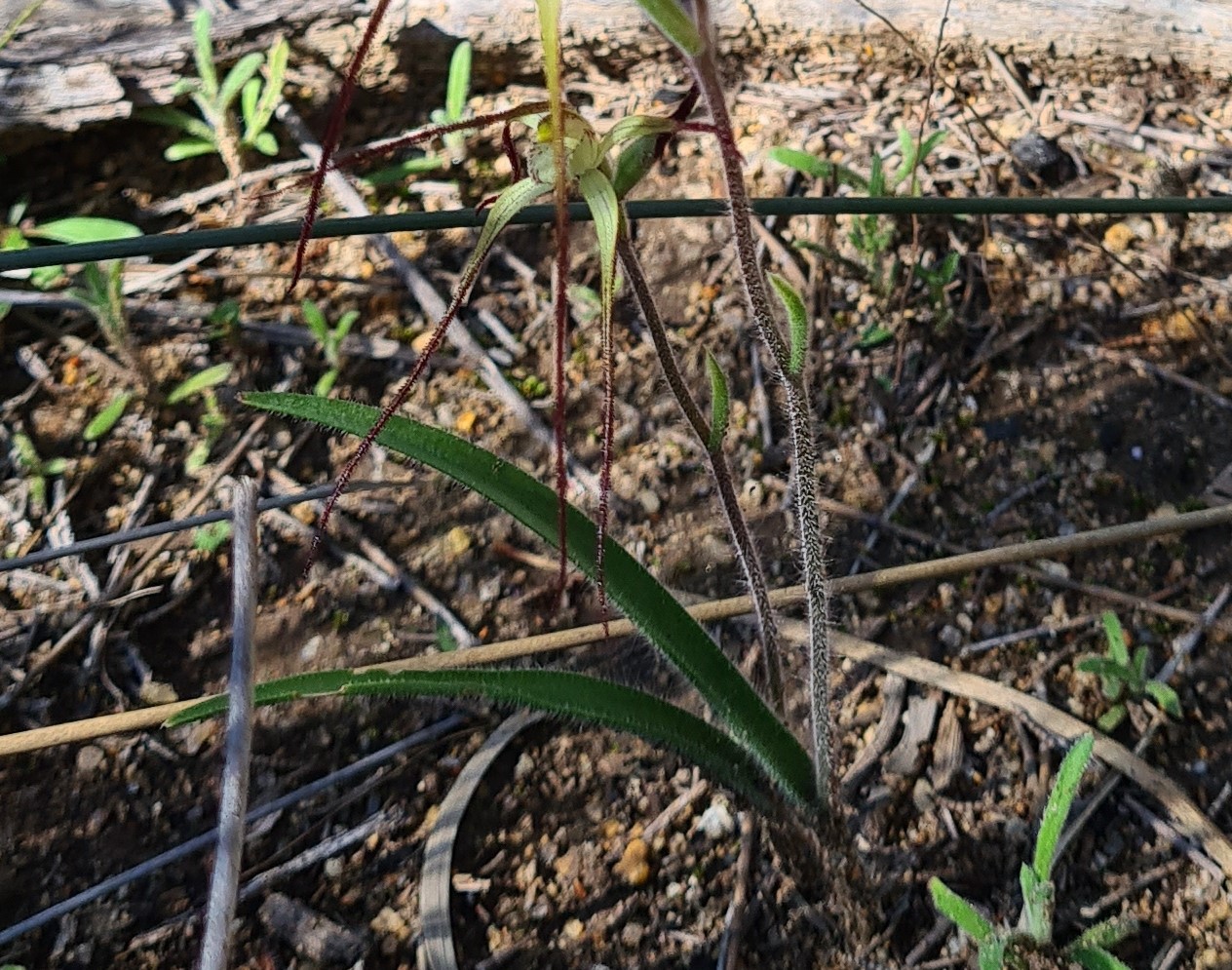
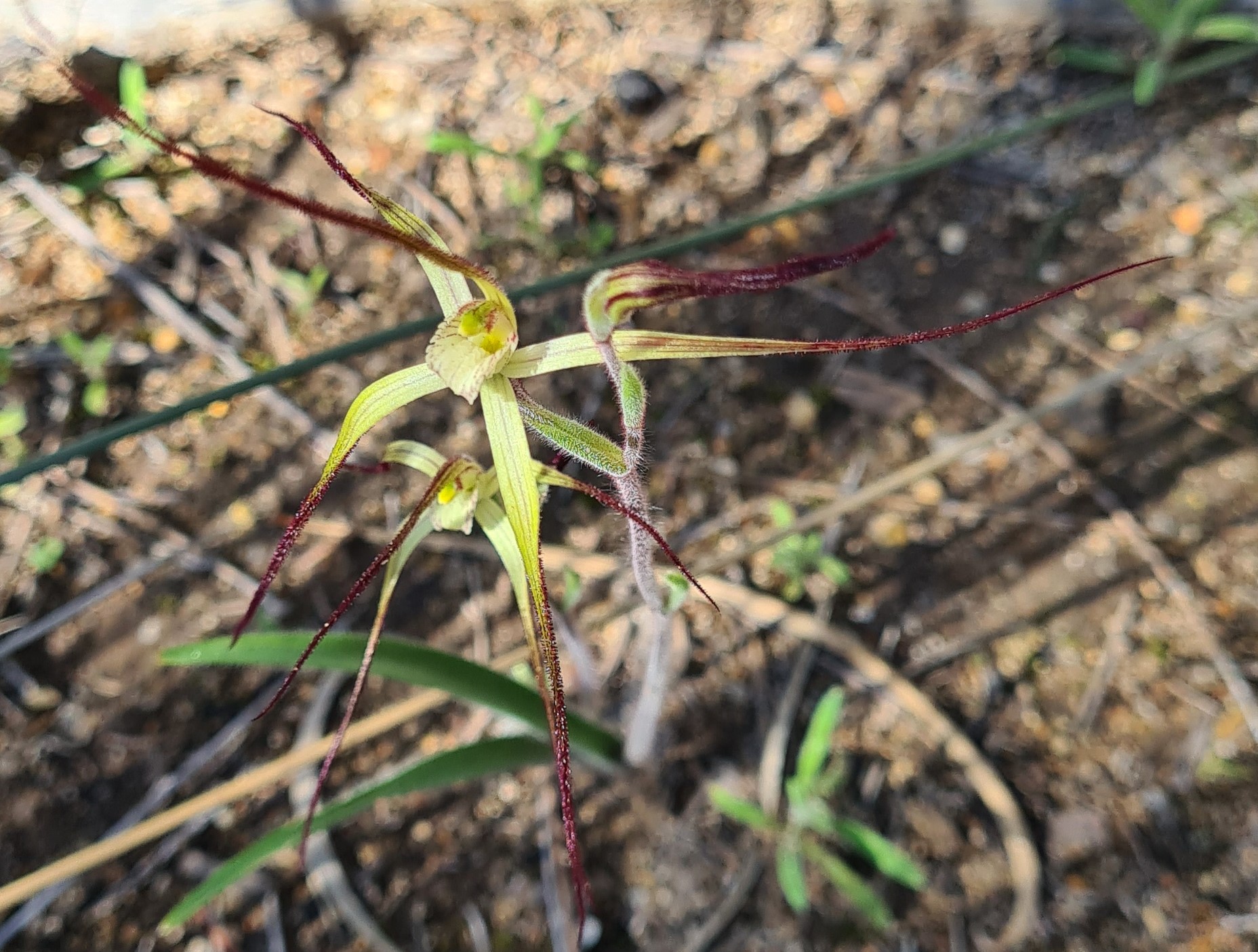
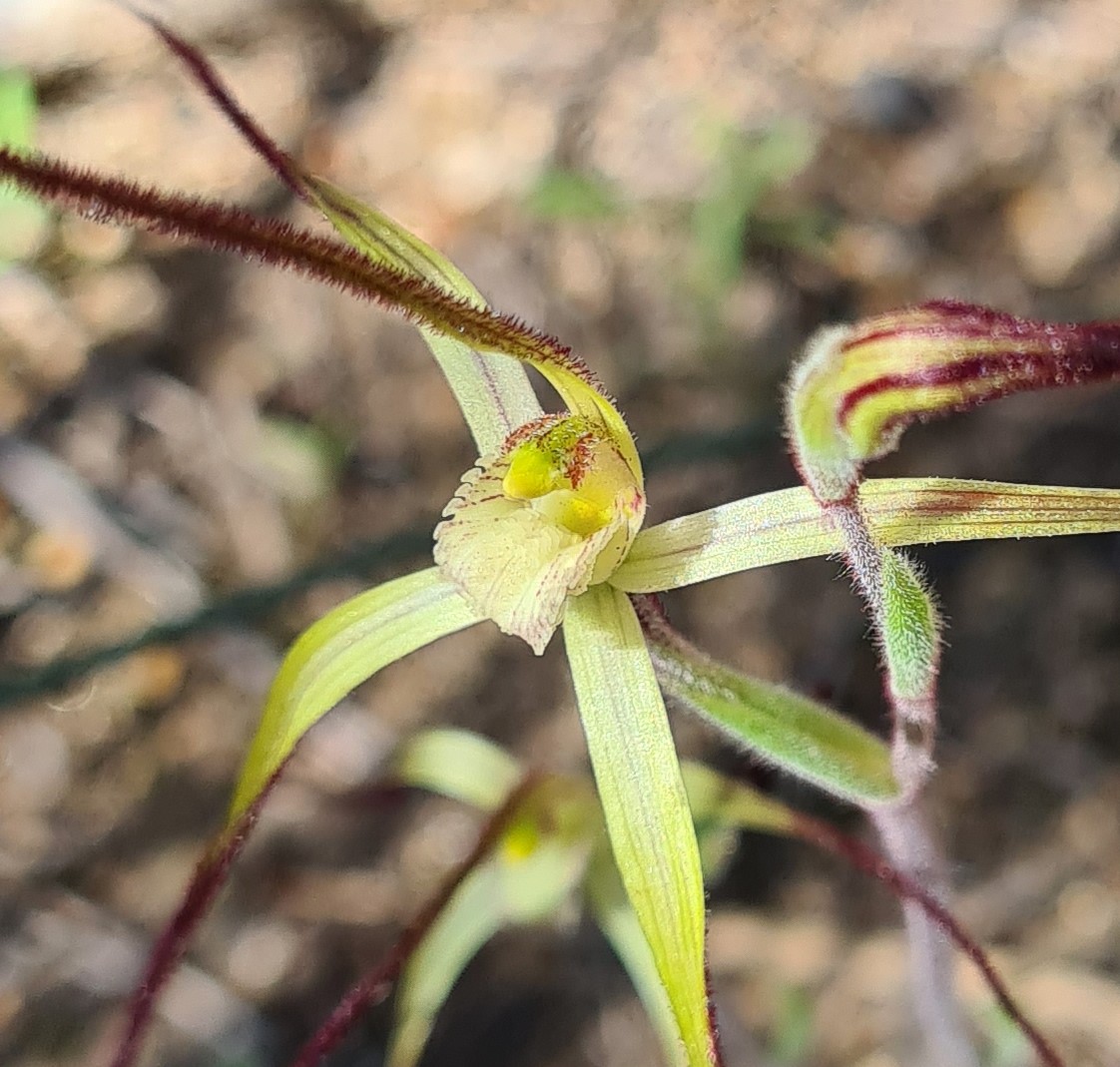
Similarly, to Roe Dam, other orchids are found, though usually only a single specimen, so I will record them together again. First up we have a Donkey orchid, then the Jug orchid, Sugar orchid, Greenhood, Ant orchid and Snail orchid are found.
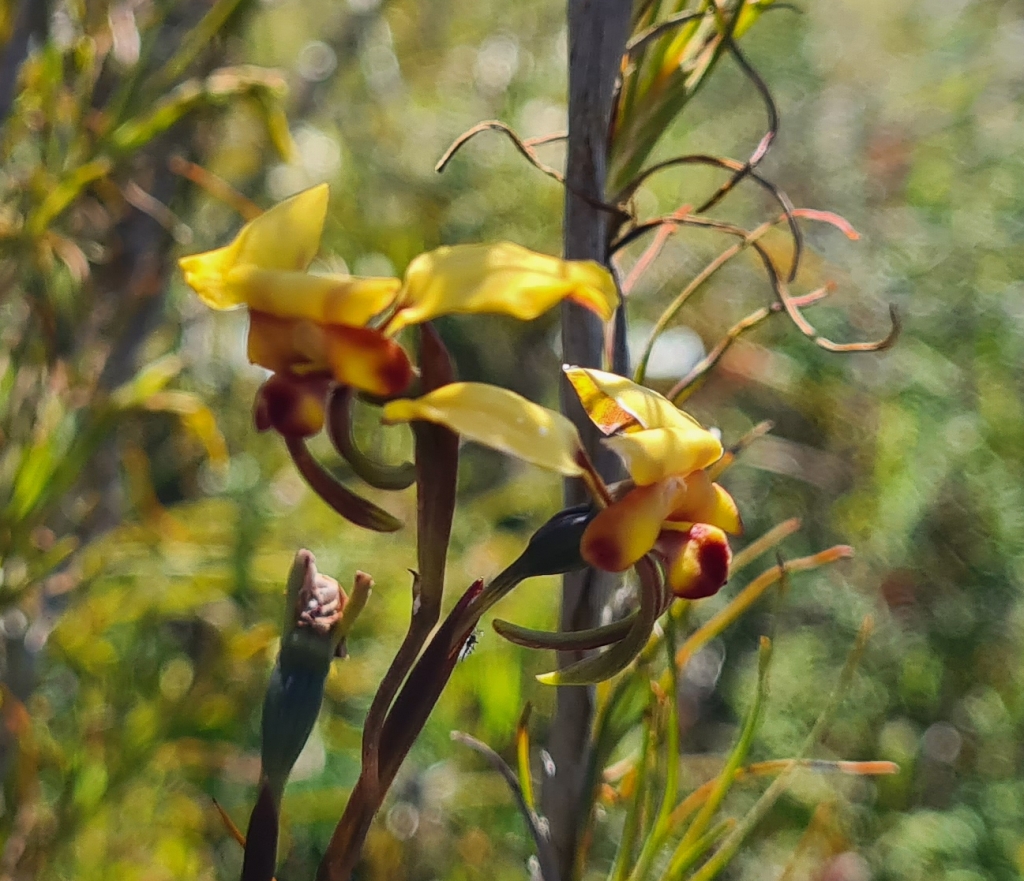

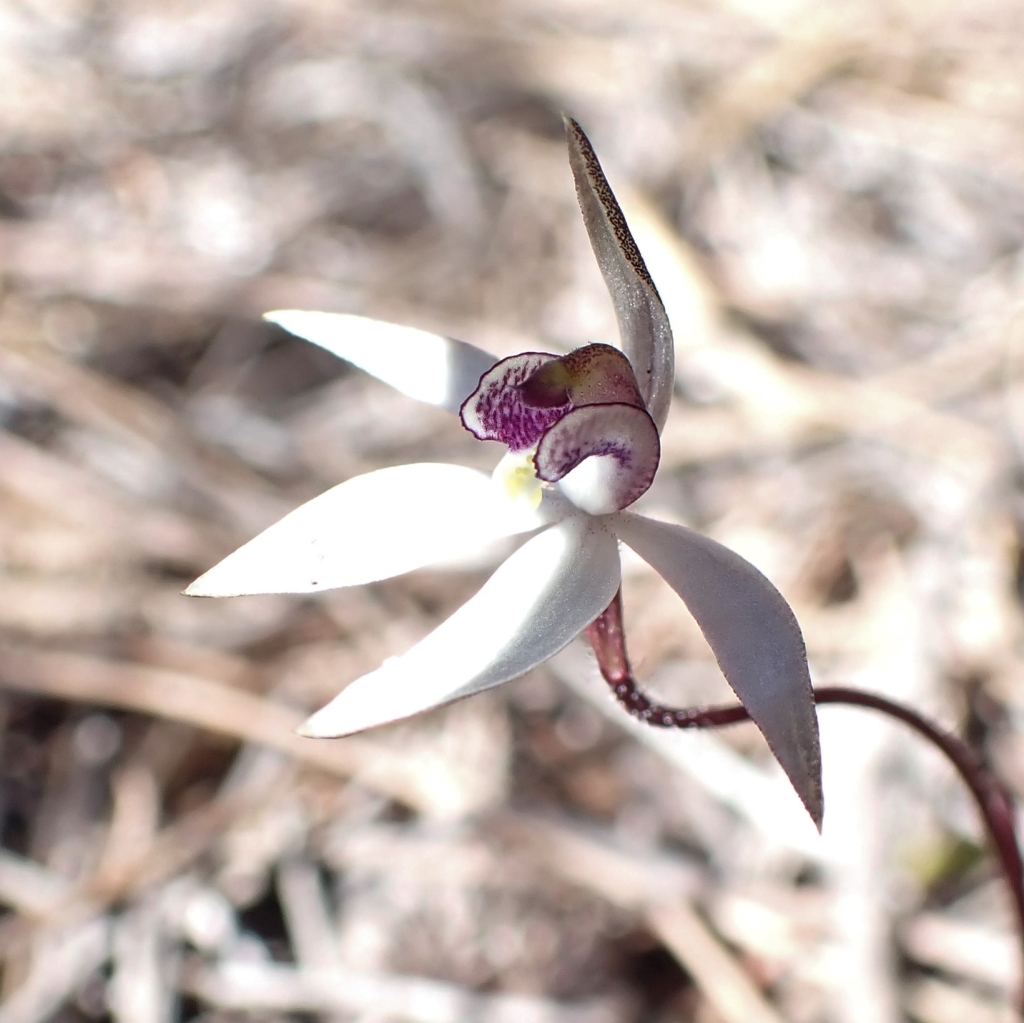
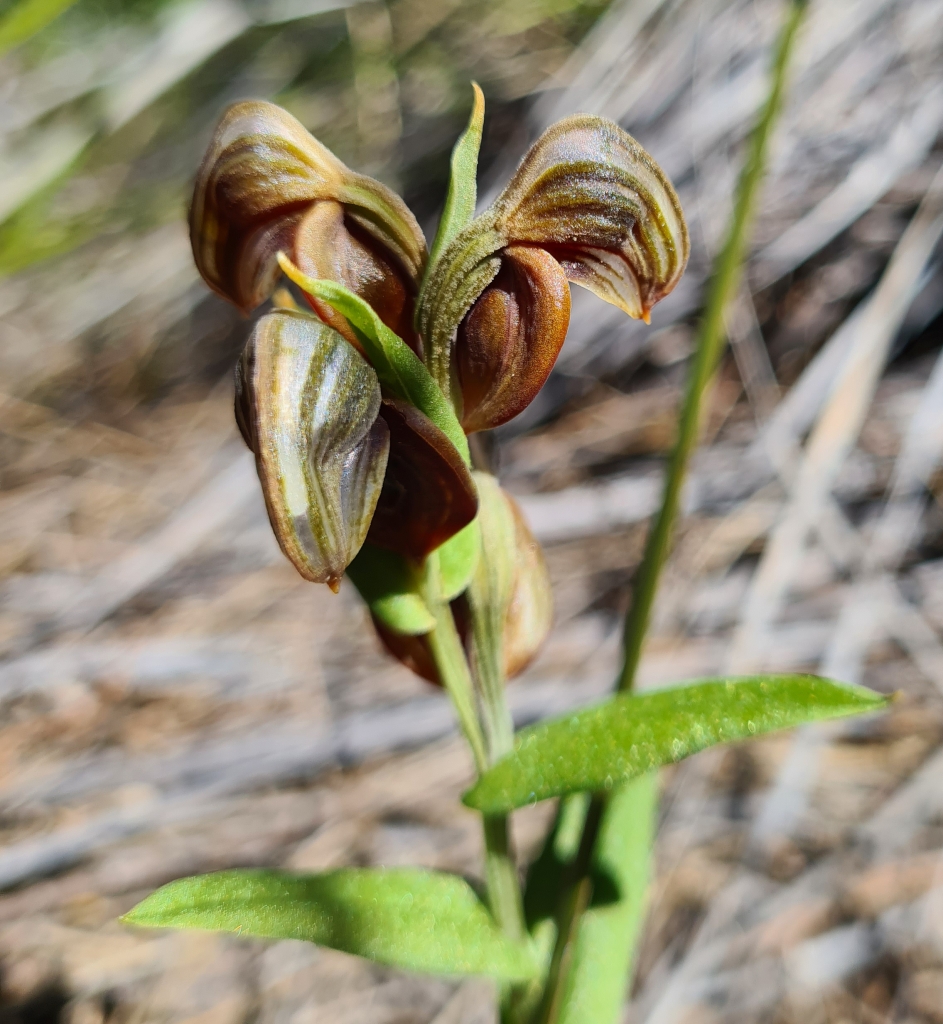


Moving back to Calzoni Road we head east to another chosen location. Gibb Rock is surrounded by farmland and has the obligatory water tank at its base. We park up at the tank and head into the bush at the base. Nothing to be found in the 10 mins of searching so we decide to push on. However, just before reaching the Triton Deb spies a lone Chameleon spider orchid growing in a patch of resurrection bush surrounding a pool of water. Whilst getting photos of this a Little laughing leek orchid also comes into view.


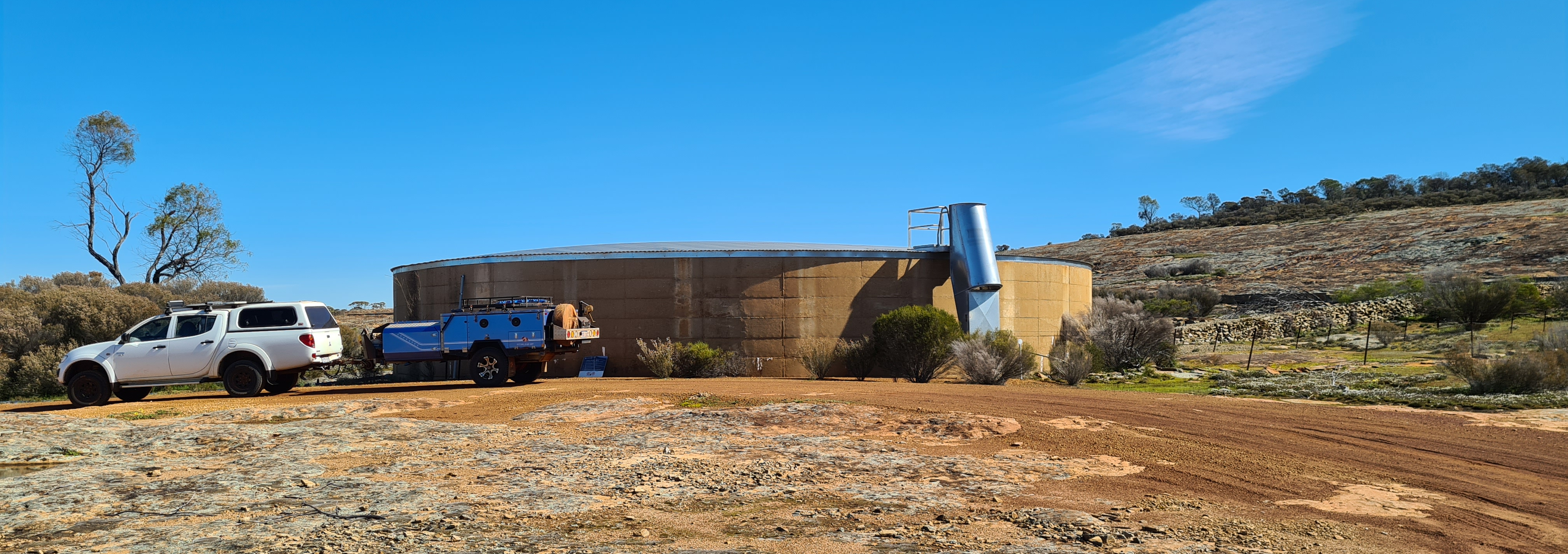
Leaving Gibb Rock, we head south and call into Mulka’s Cave for a look. The handprints were visible which was great, however did not bother with looking for orchids as it was so weedy.
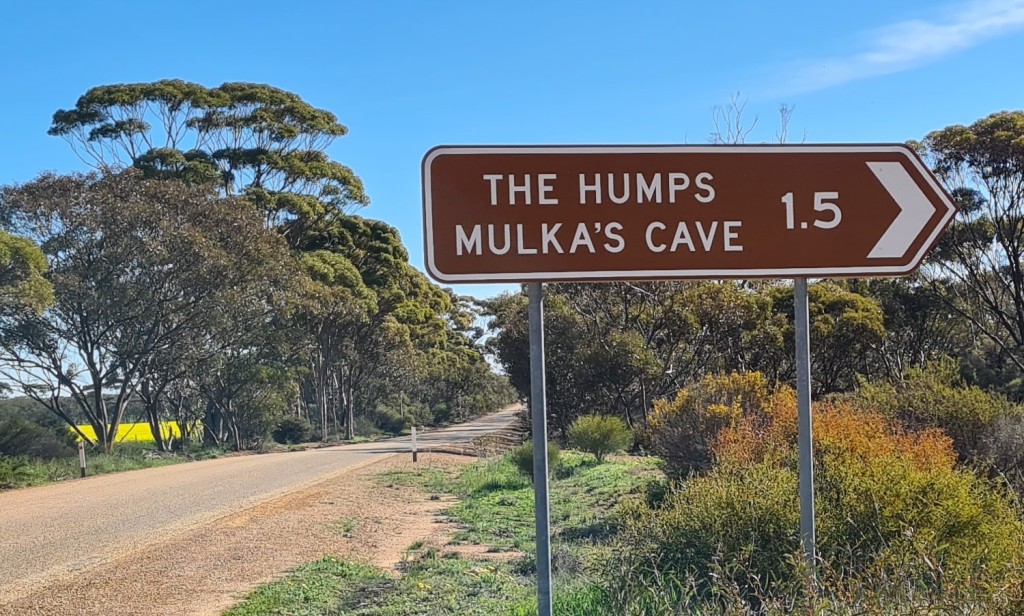
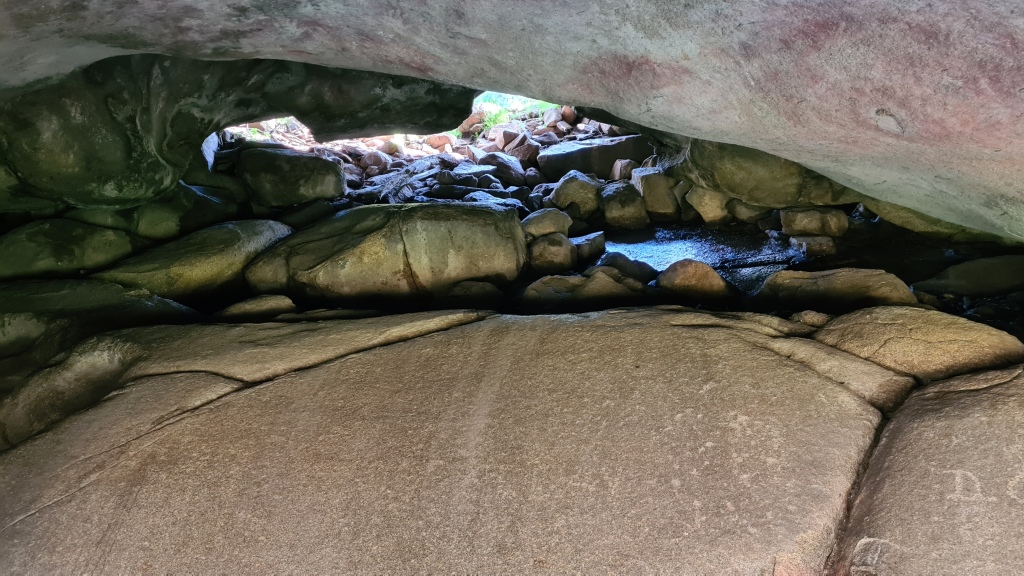
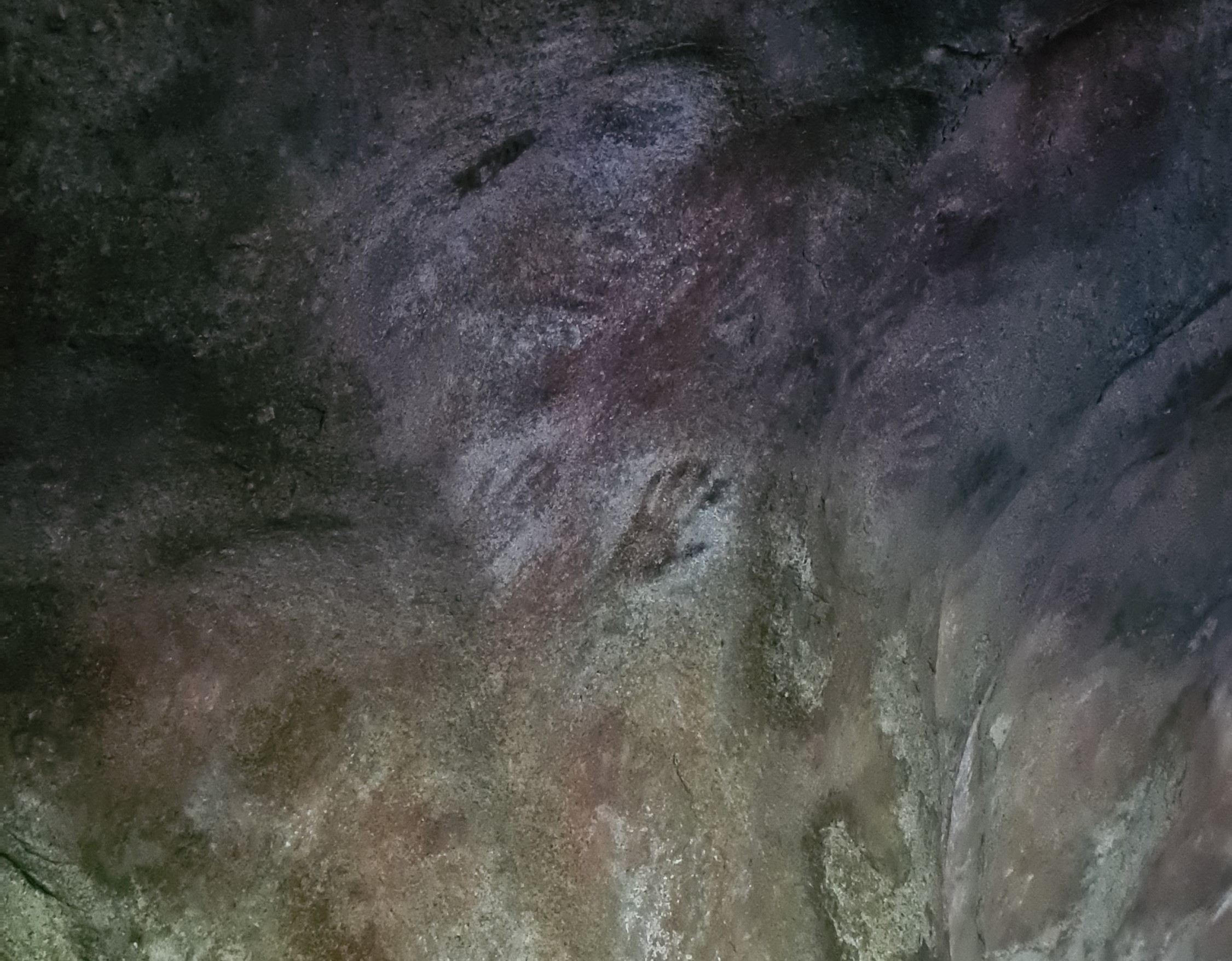
We pass through Hyden and keep heading south, where we finally pull over at Lake Hurlstone Nature Reserve. First up we head across the road to the west and then venture towards the gully. First up we find some colourful donkey orchids. Now using the location as a guide, I feel these orchids are one of two possible species. However, the bright yellow colouring leads me to name them the Yellow granite donkey orchid as they are also found along drainage lines below rocky breakaways, which feels like the habitat we are currently in. The other option, Western wheatbelt donkey orchid, is listed as being pale yellow.




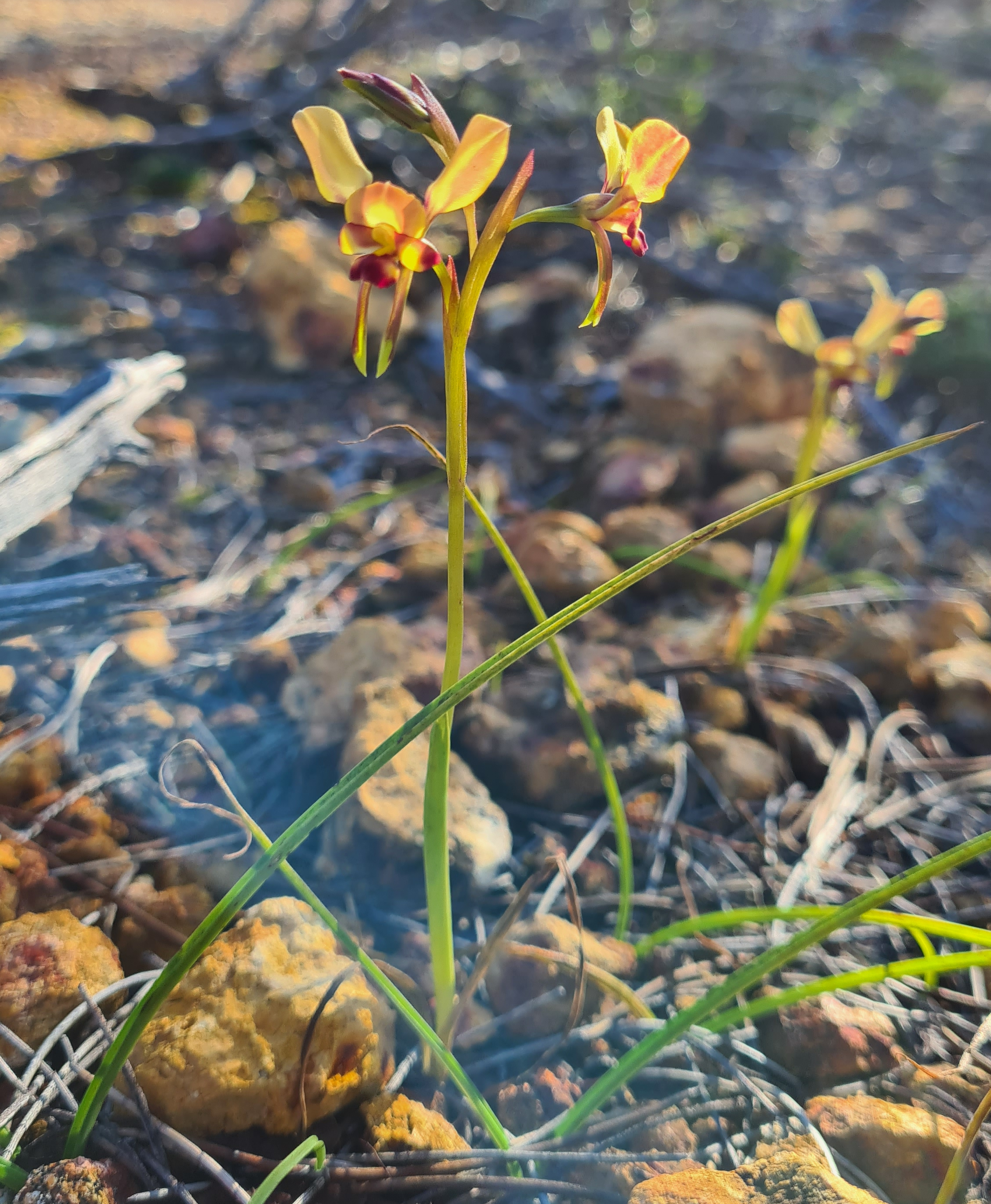
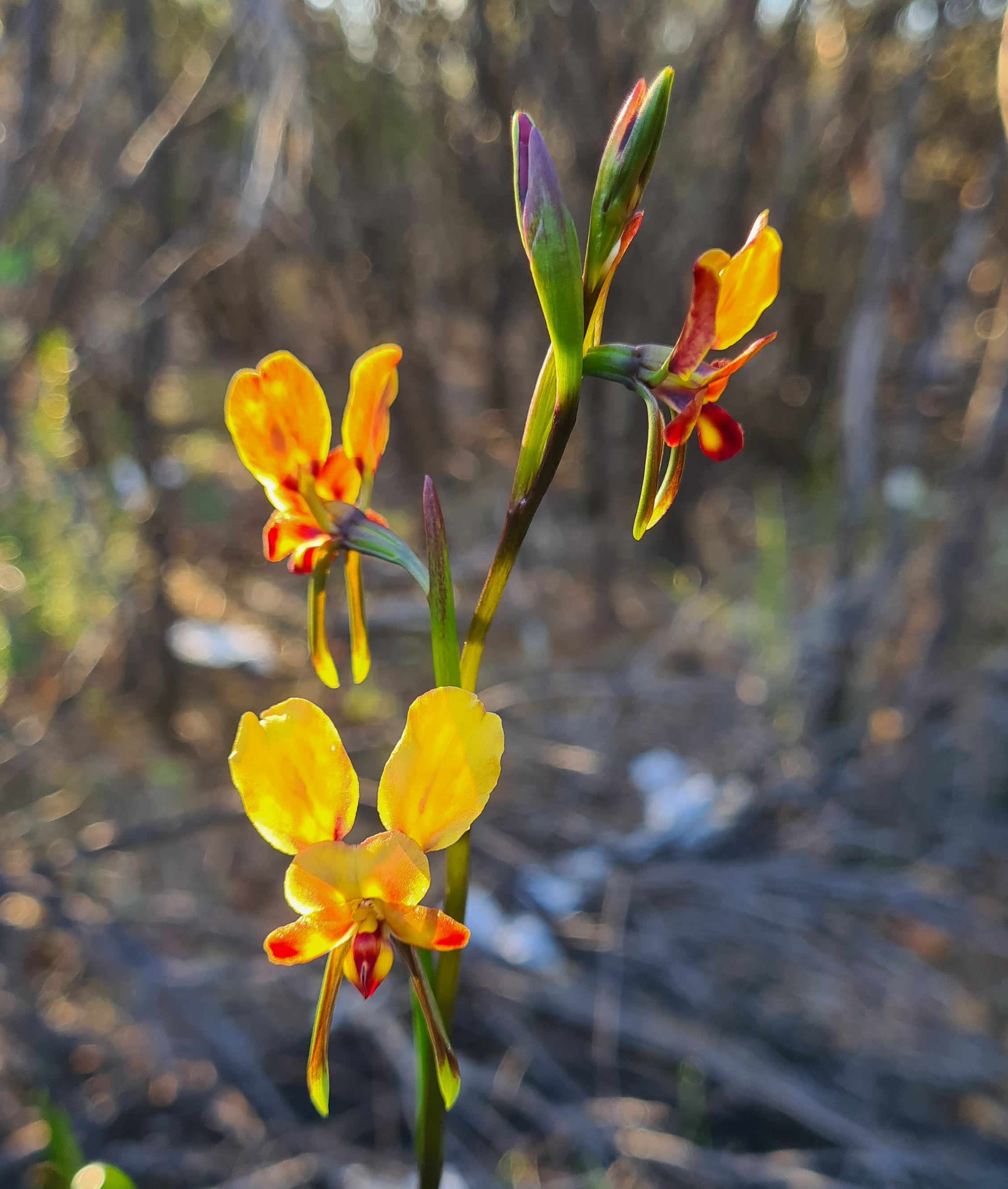
Further along we find some still flowering Dark banded greenhoods (Pterostylis sanguinea) which I am confident to name now, which I was not so with the greenhoods found earlier in the day. They start to flower in June and are recorded as flowering into September.
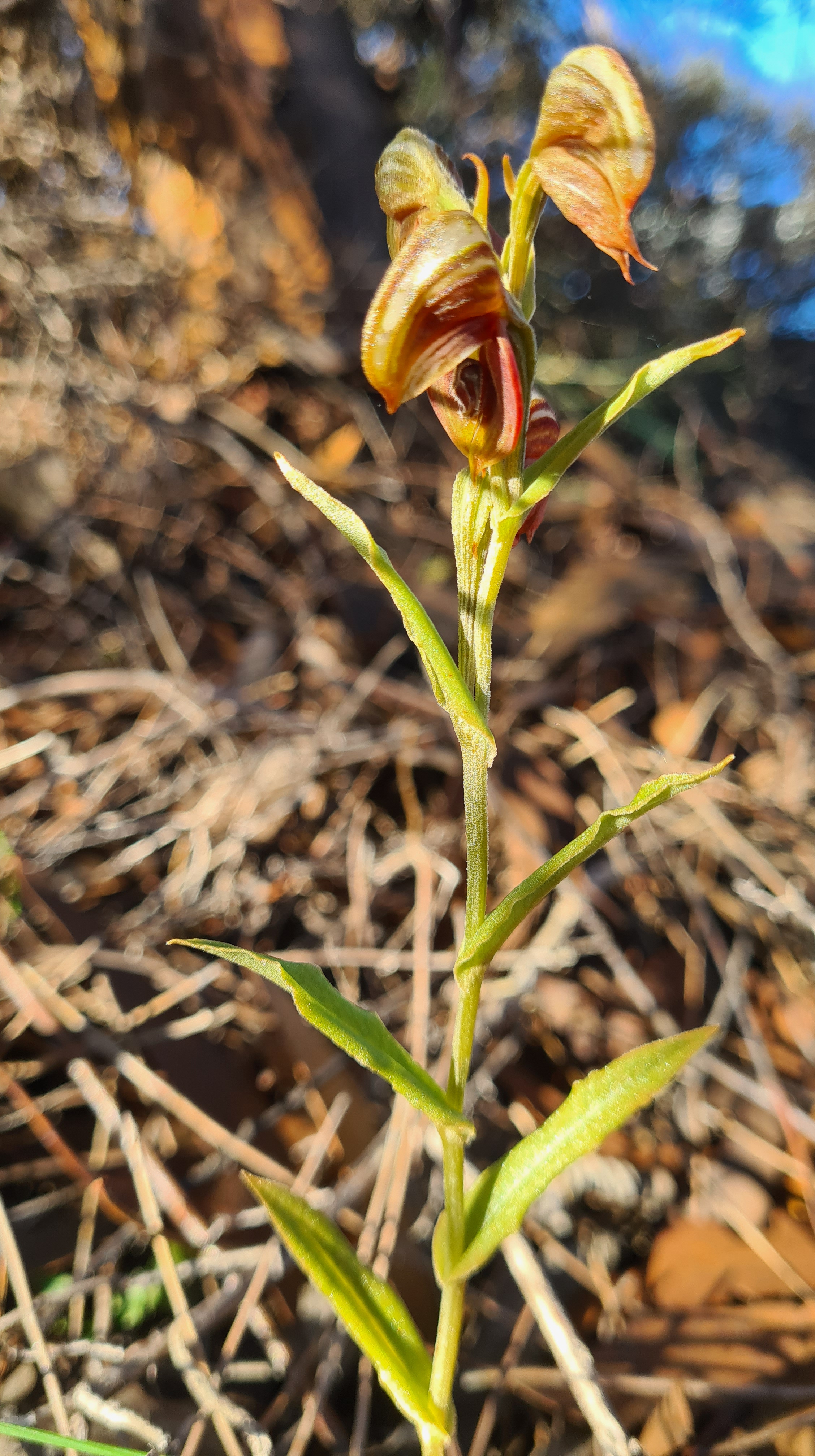

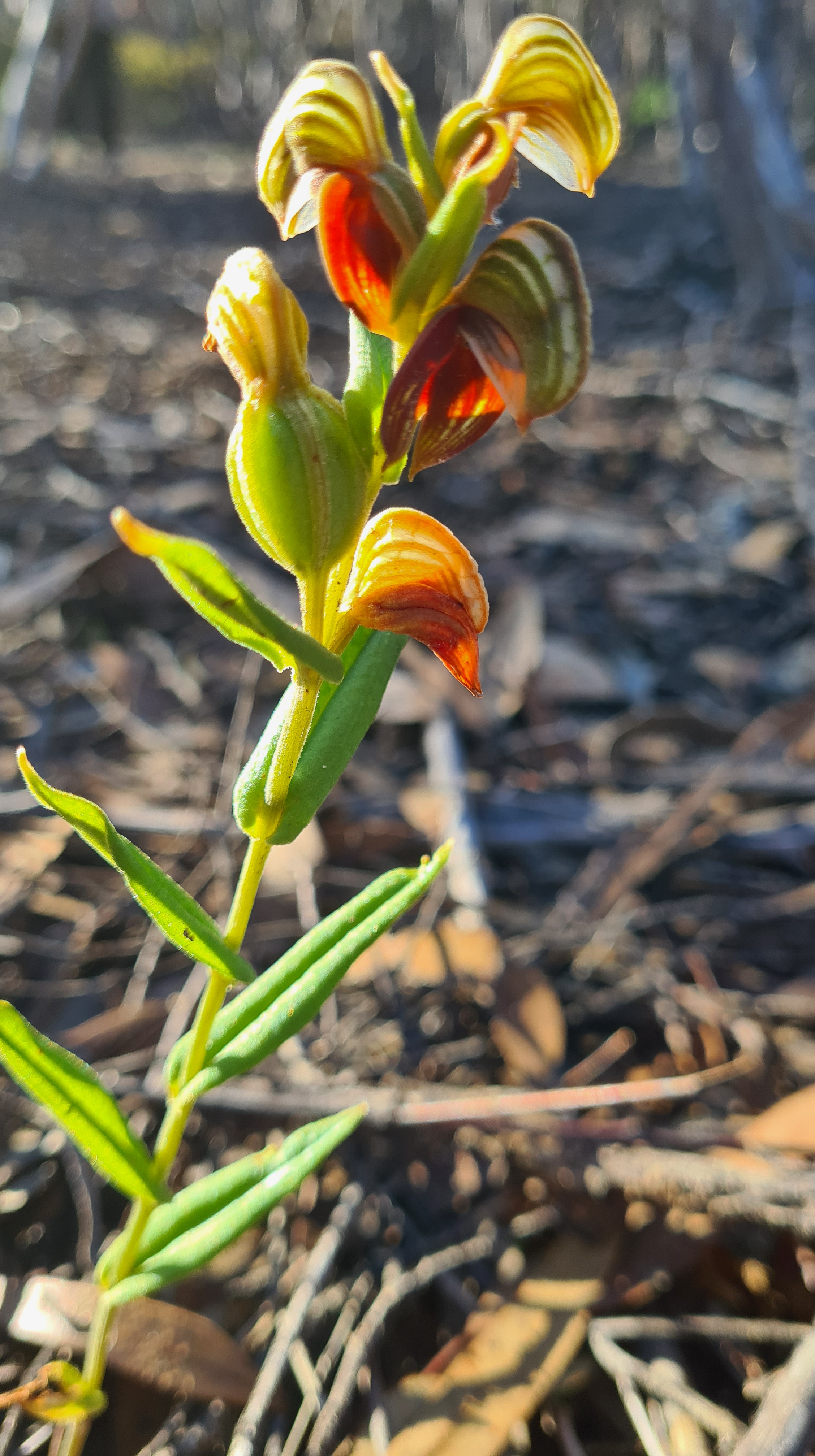
A couple of Sugar orchid are found, followed by 2 decent Jug orchids. Not many for what can be very common orchids. On the other side of the gully, I stumble across some small spider orchids. Possible two different species found. First up some look like the familiar Chameleon spider orchid and the other orchid may be the Ironcaps spider orchid (Caladenia paradoxa) which is described as having wispy, often pendulous petals and lateral sepals with a white, red striped labellum.


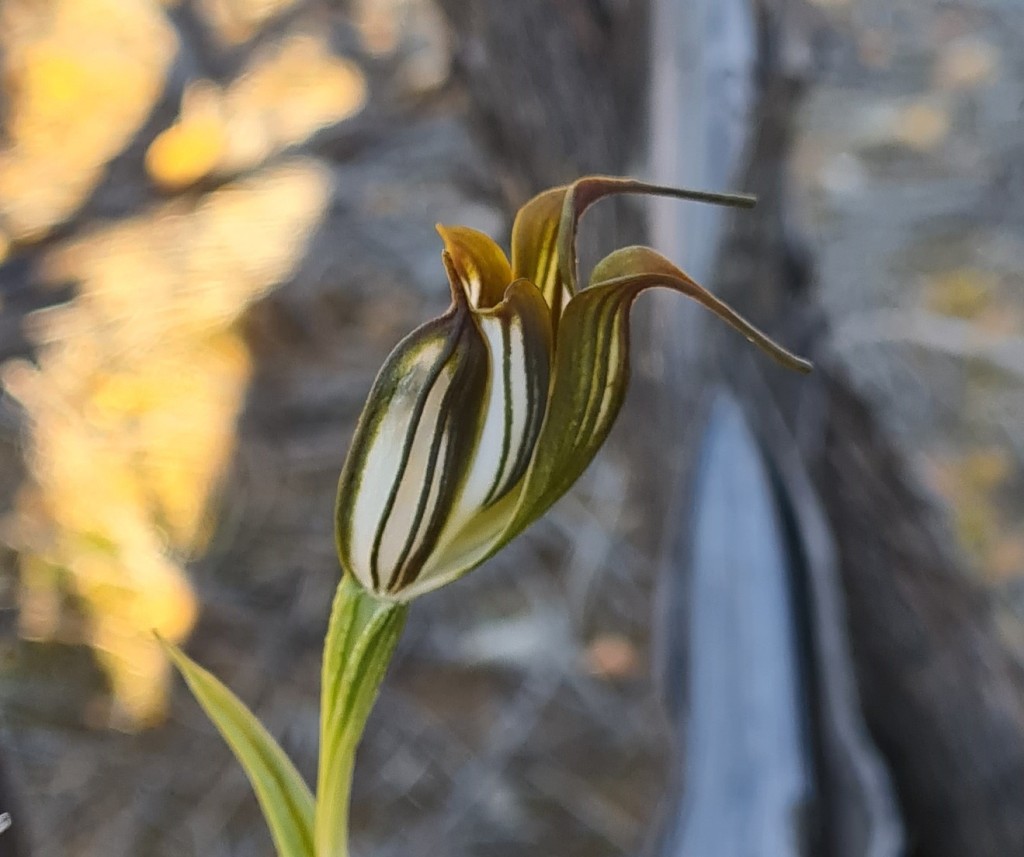




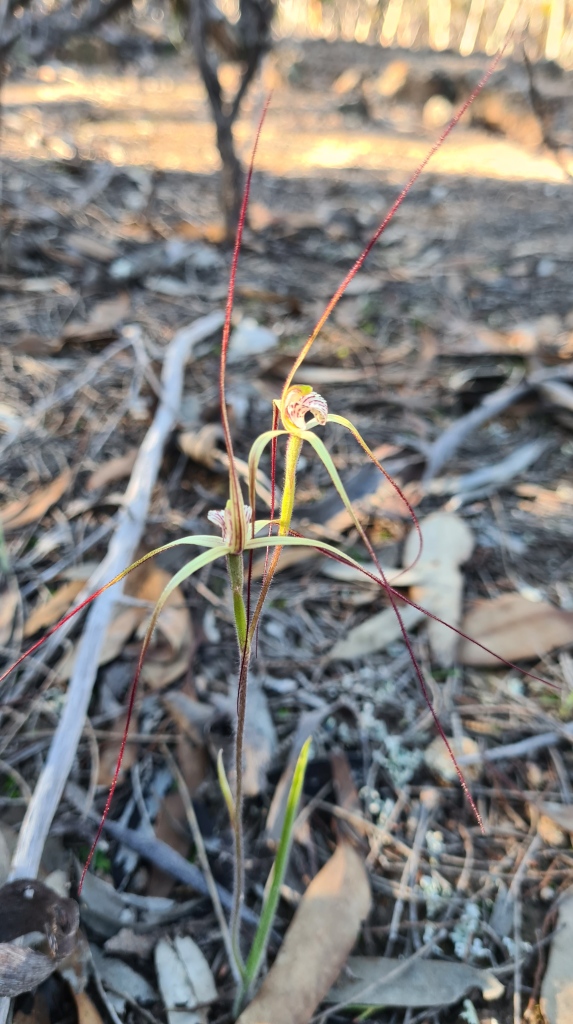

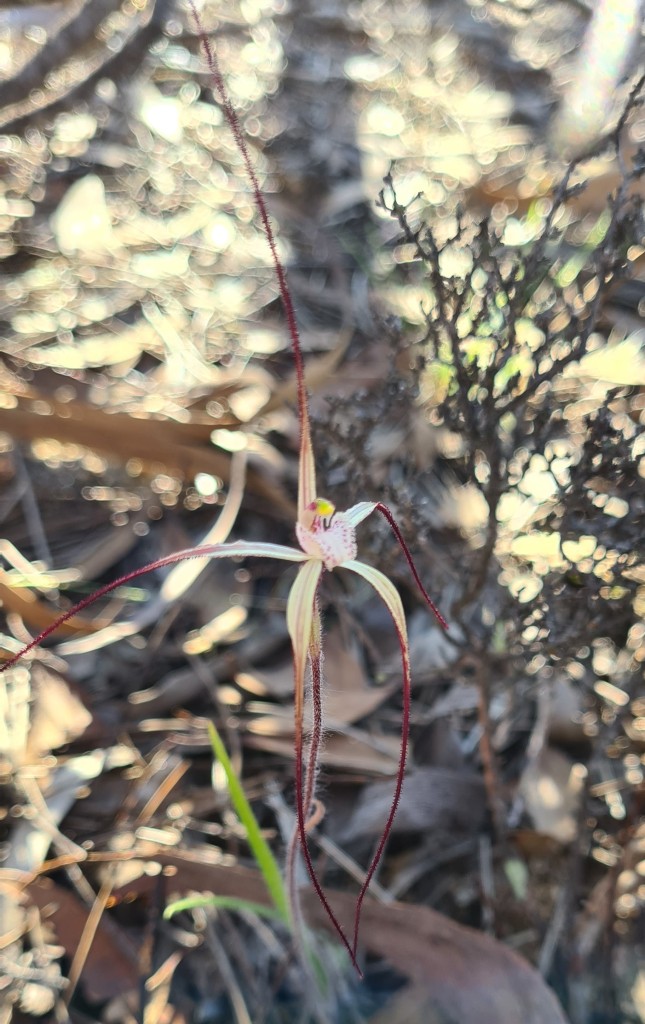
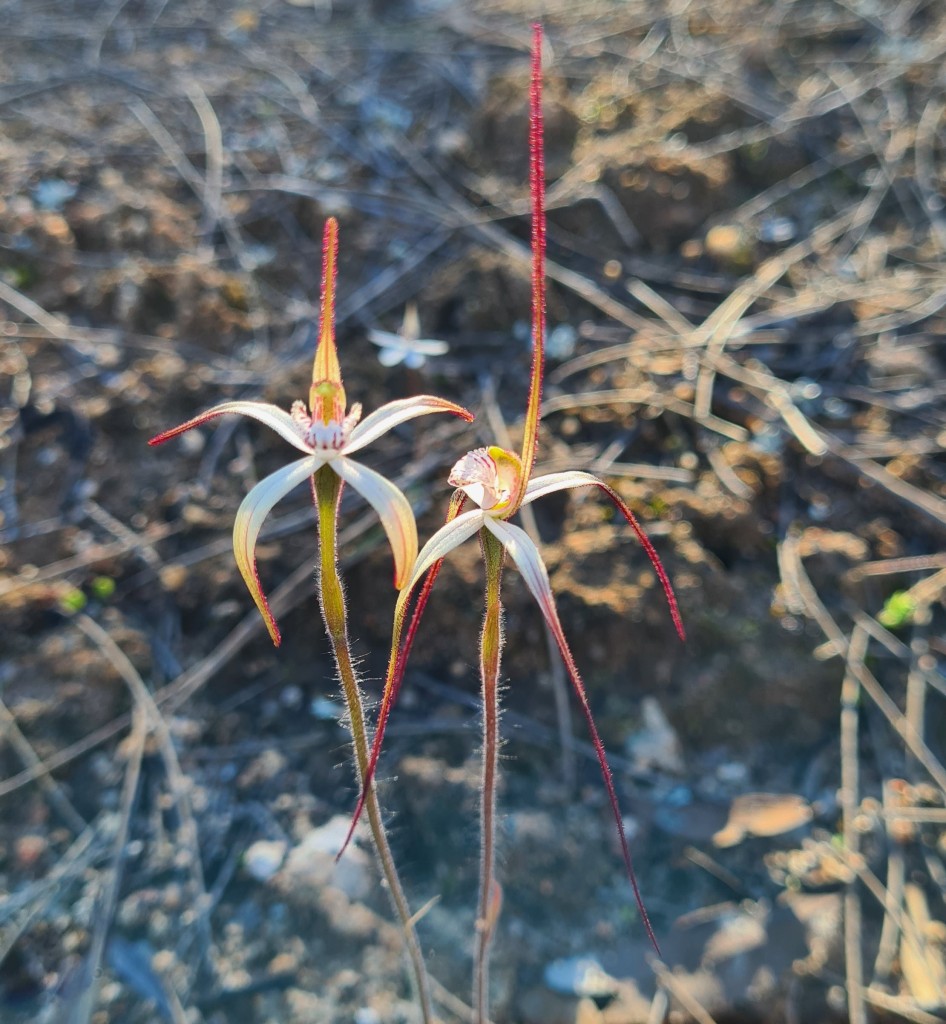
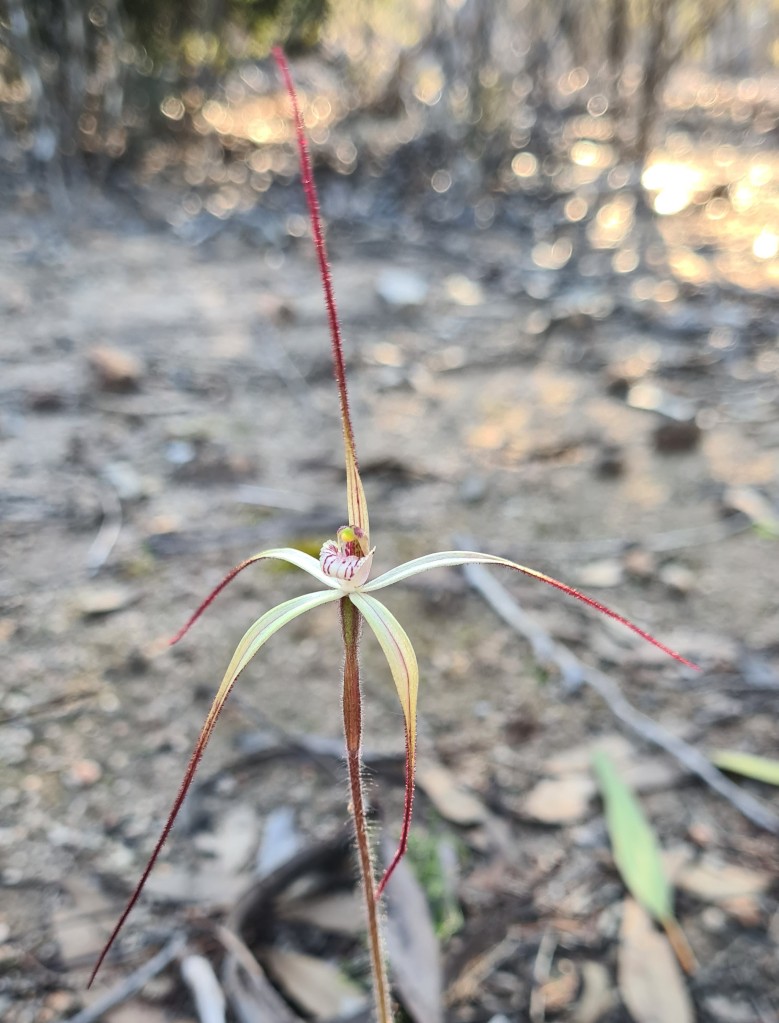


A final small orchid is found over both sides of the road. The Little frog greenhood (Pterostylis occulta) was only named in 2021. It differs to the Frog greenhood by the shape of the horn like structures on the labellum. This was a great little find to end our day.
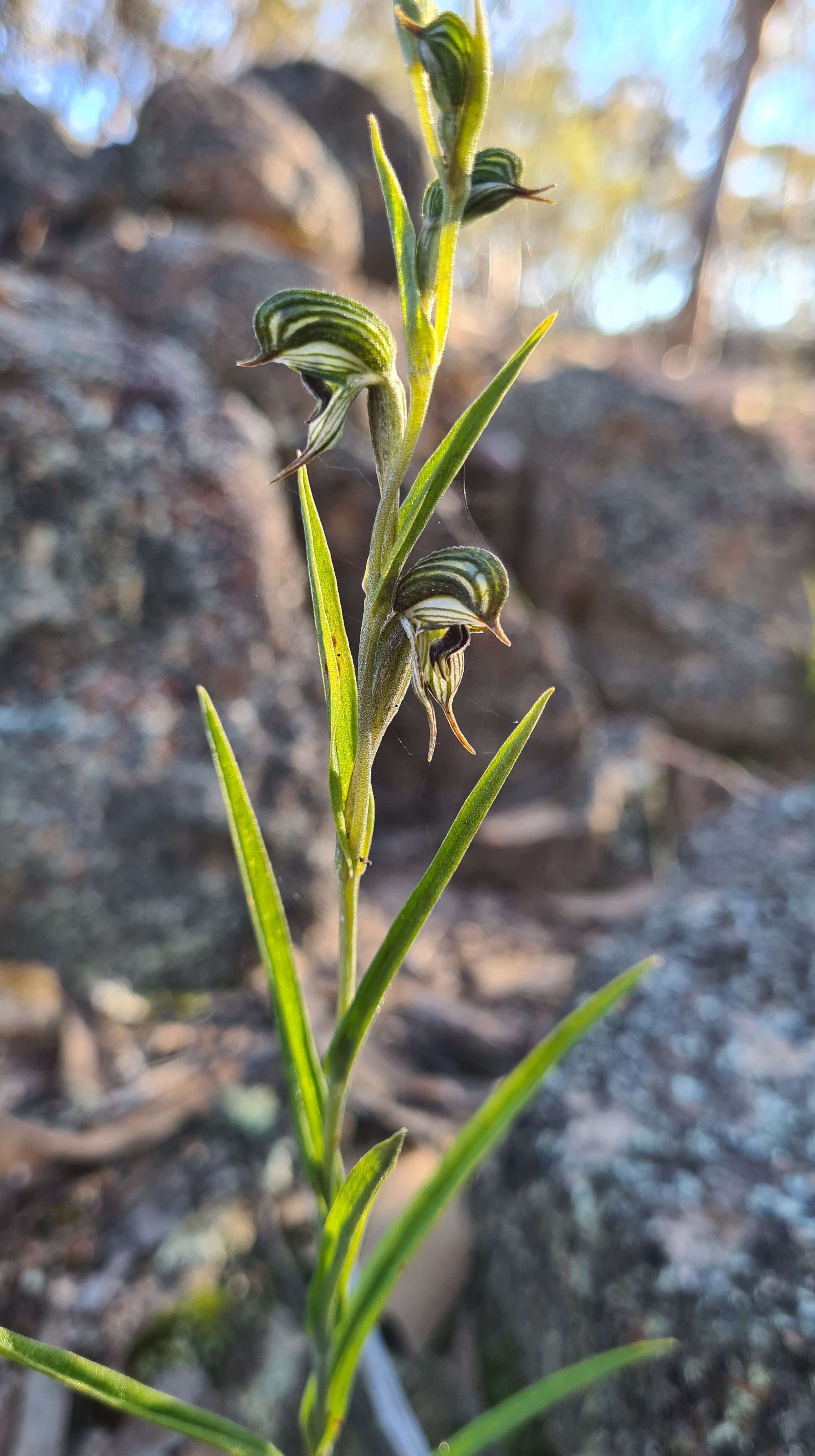
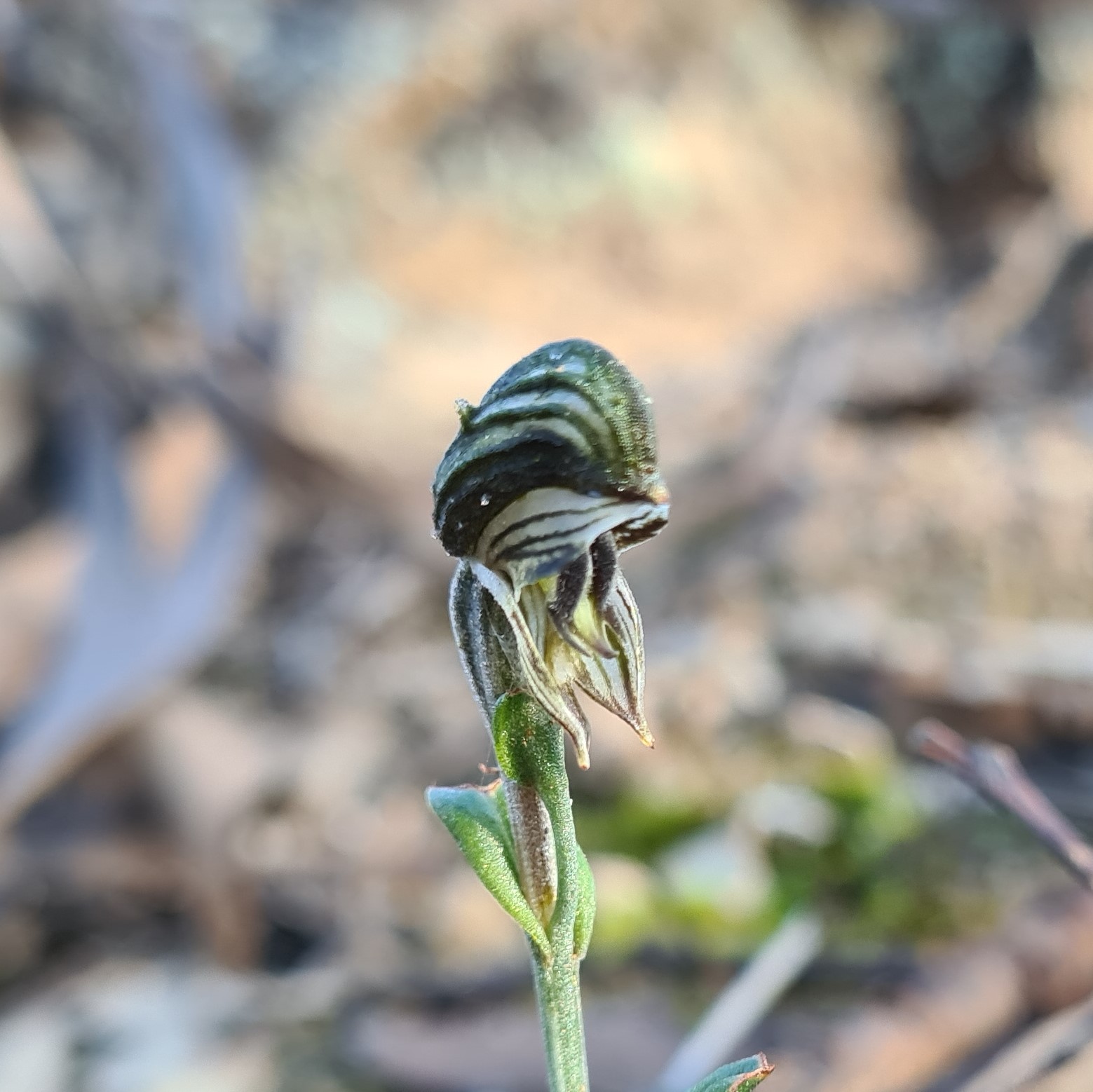

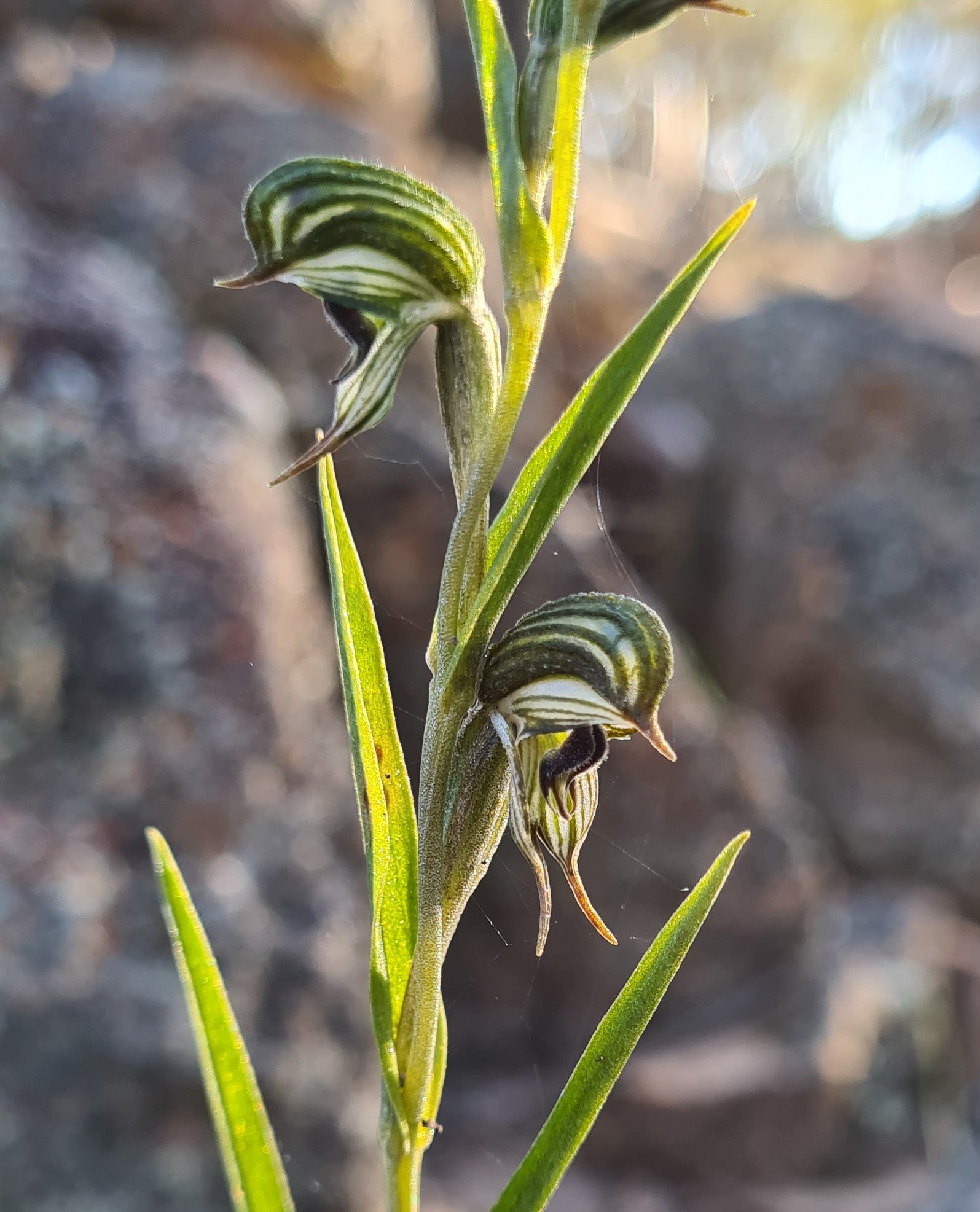
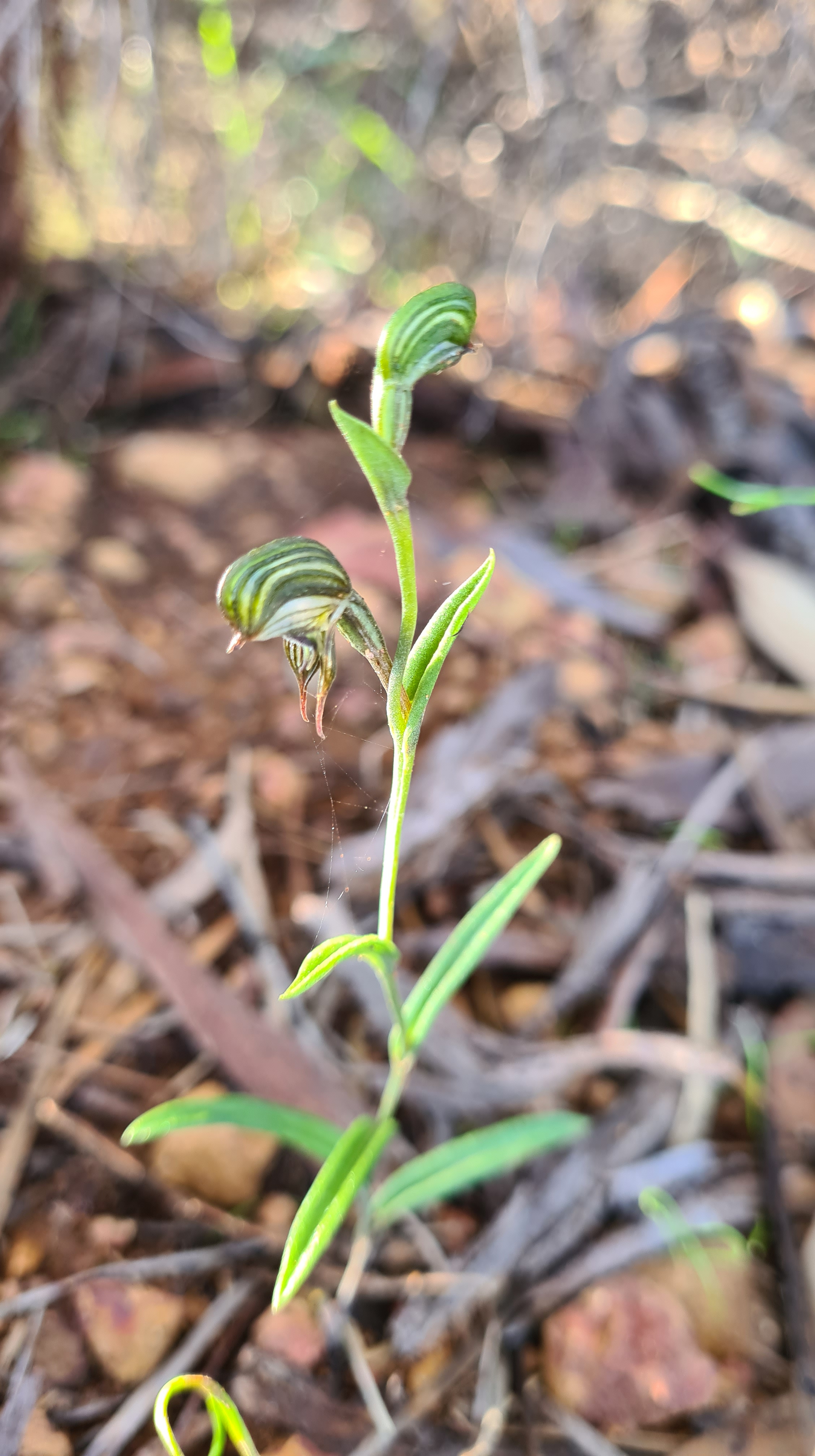

It is now past 4pm so we grab one last view over the woodland to the lake then jump into the Triton and head down to Varley, where we set up camp in the so-called Chicken Ranch.

